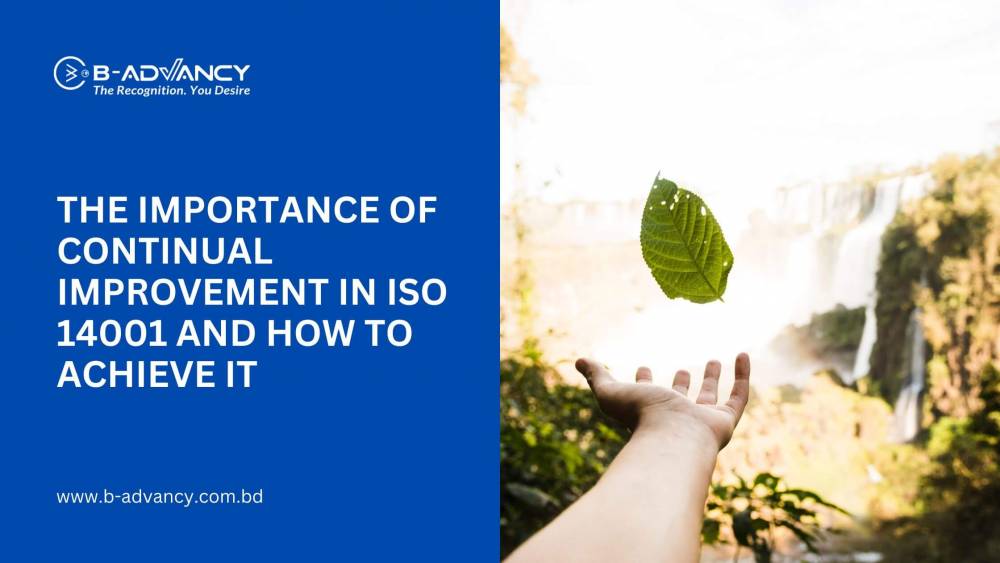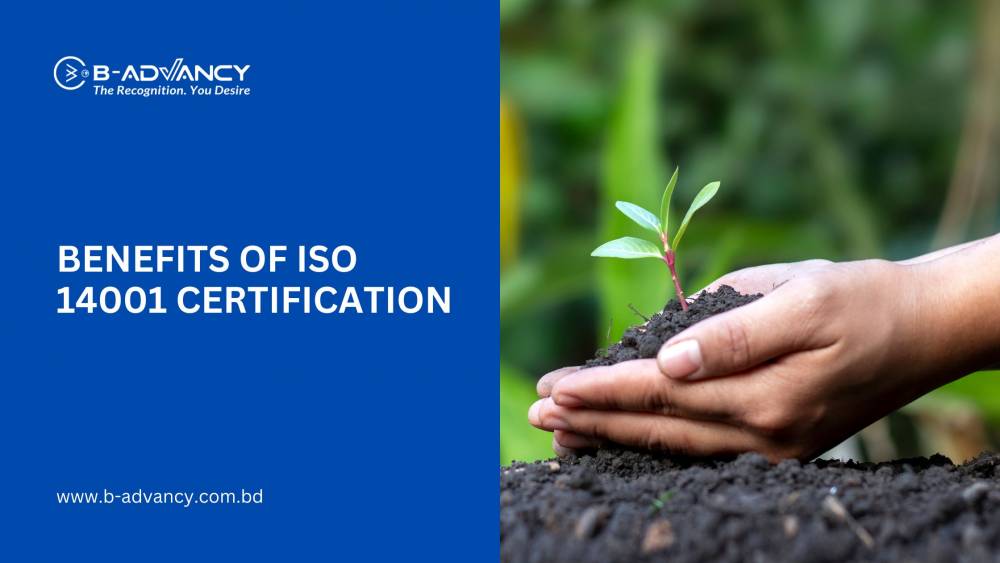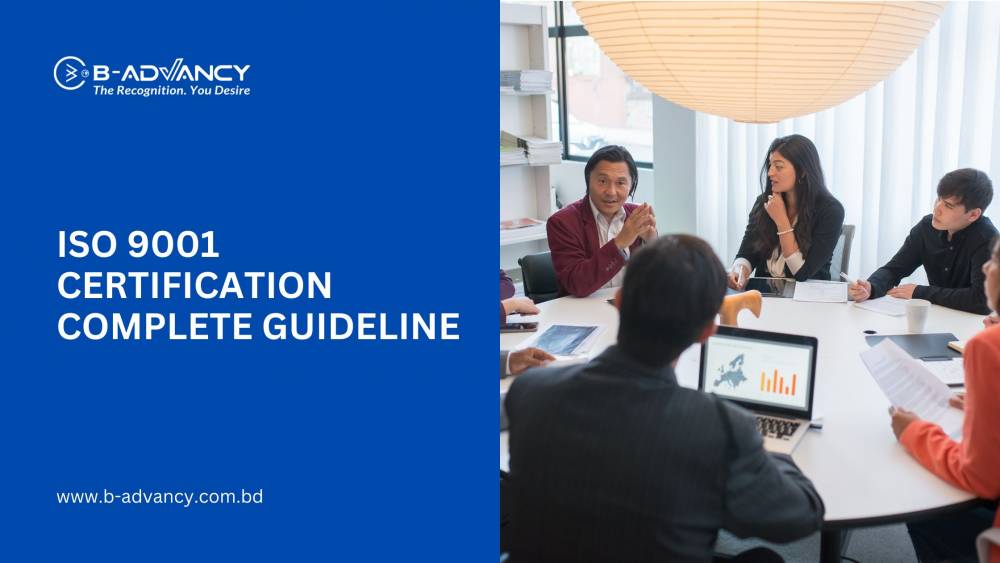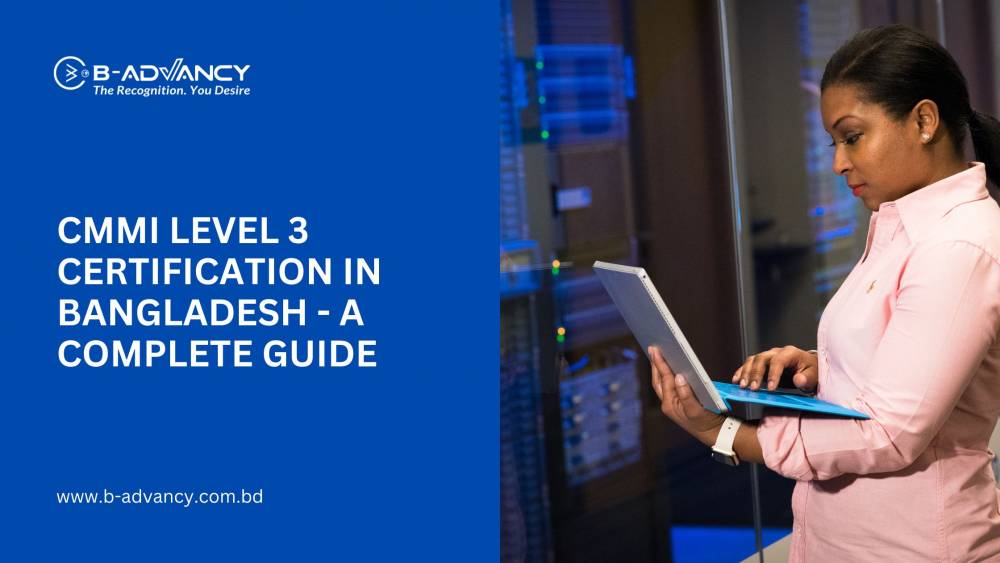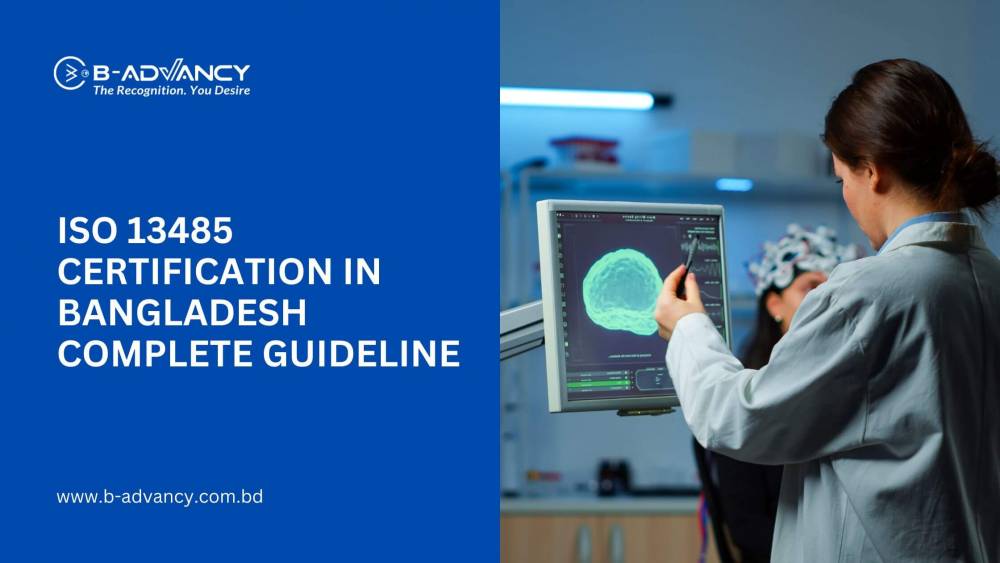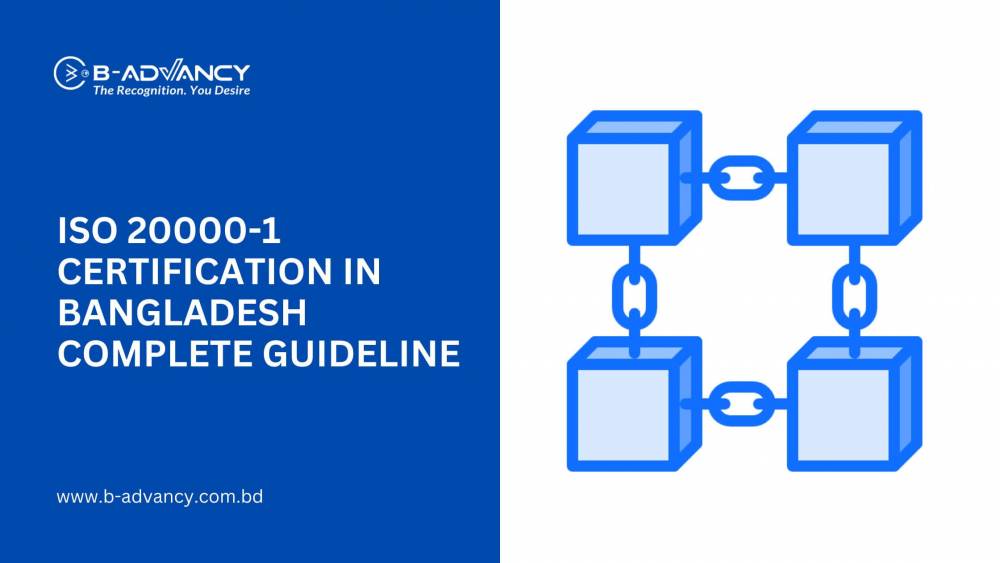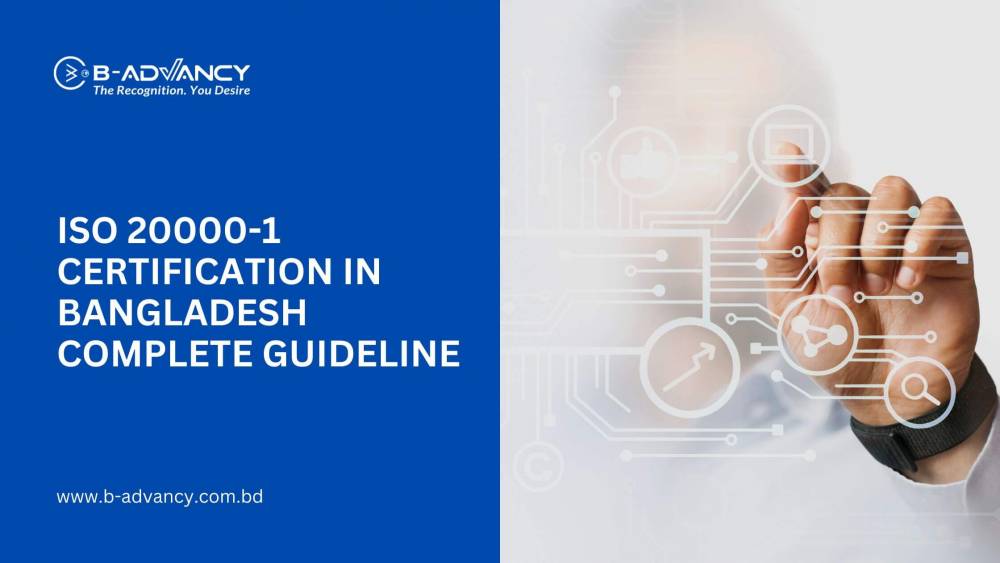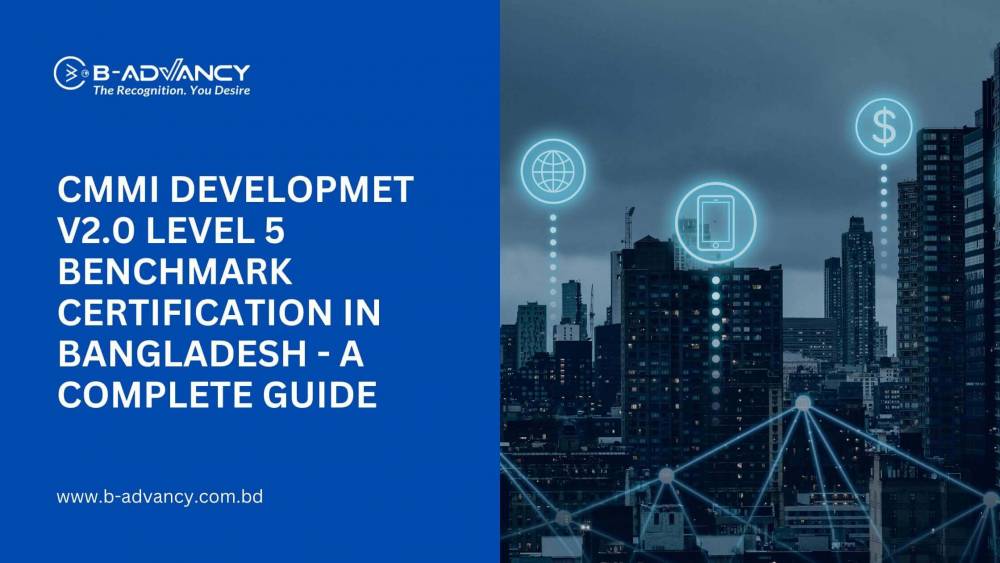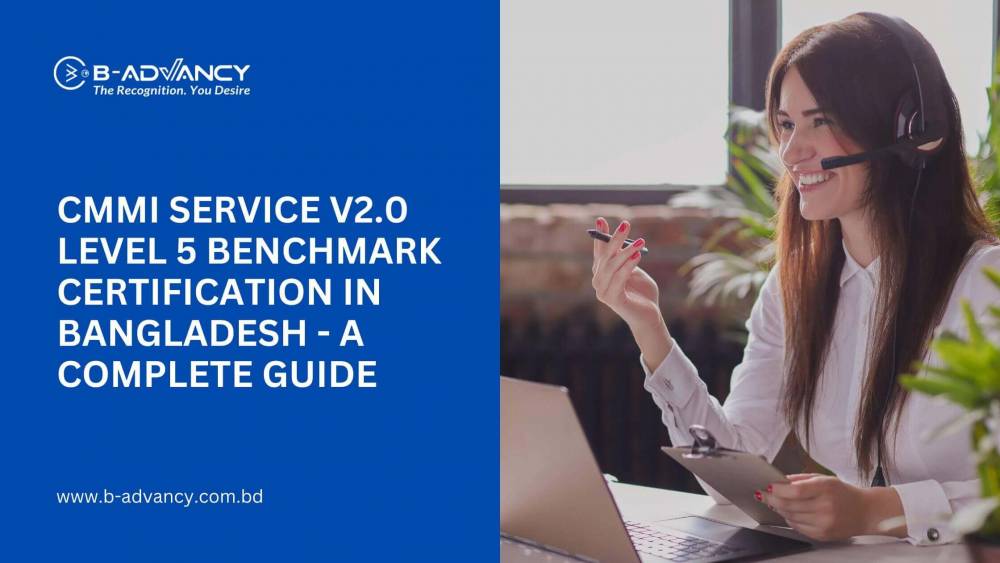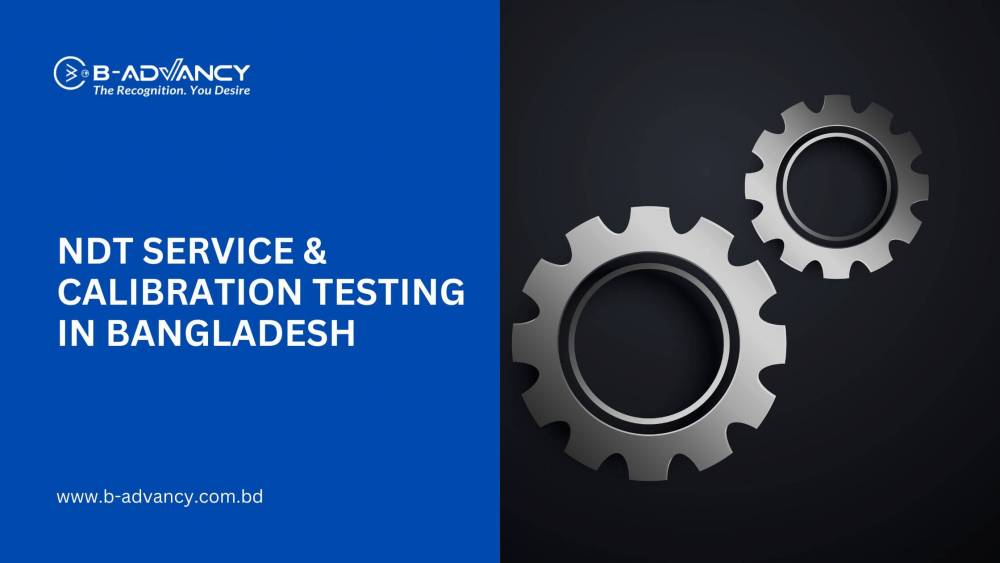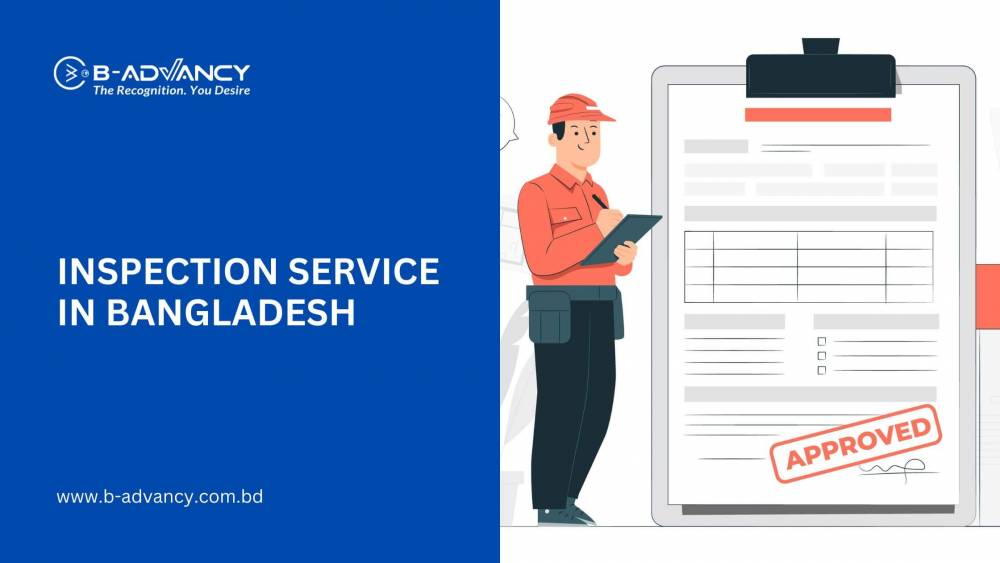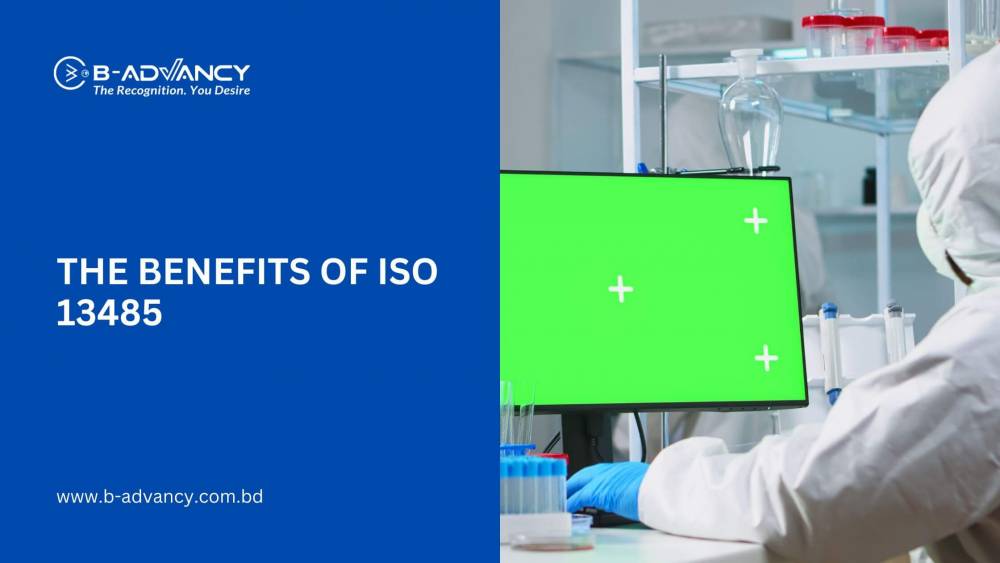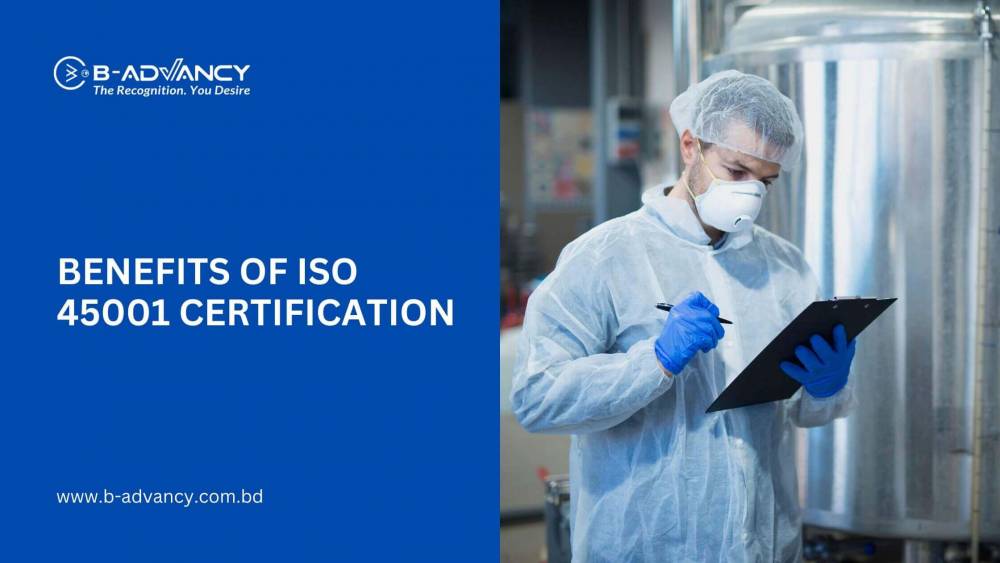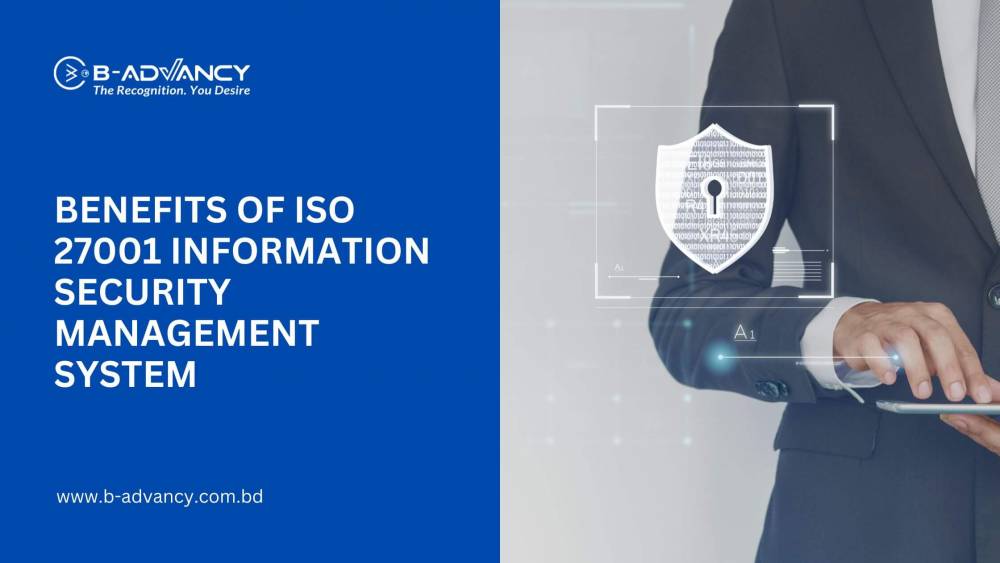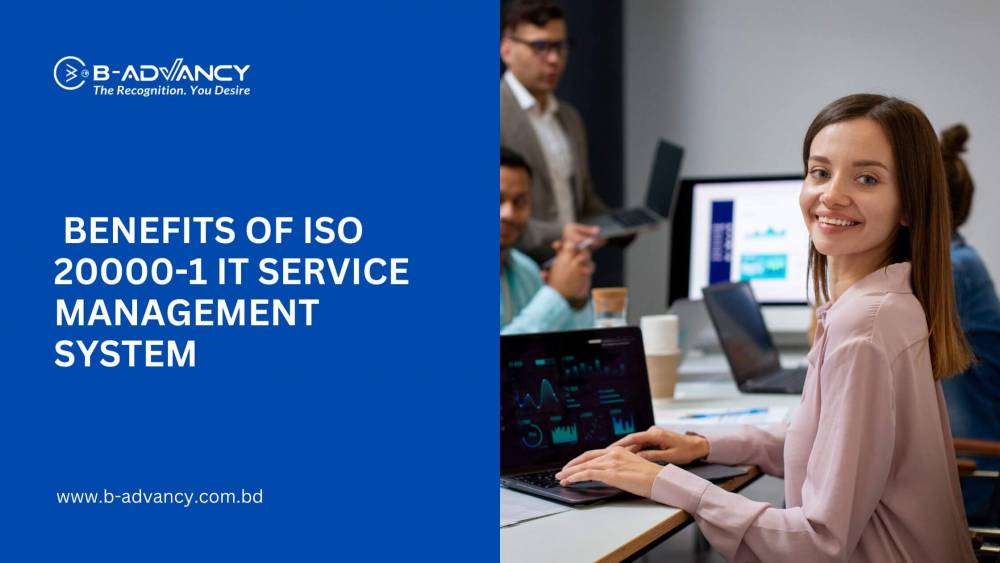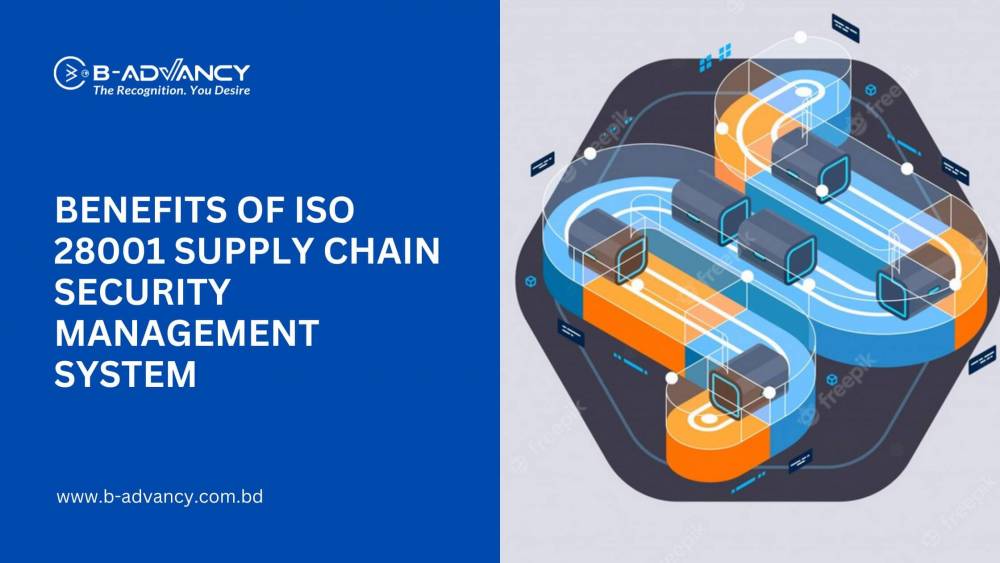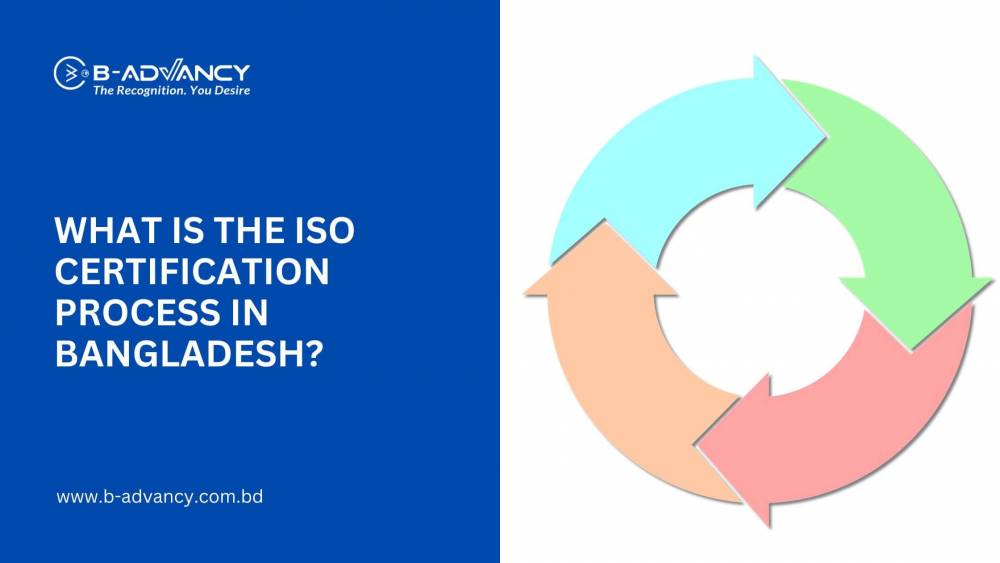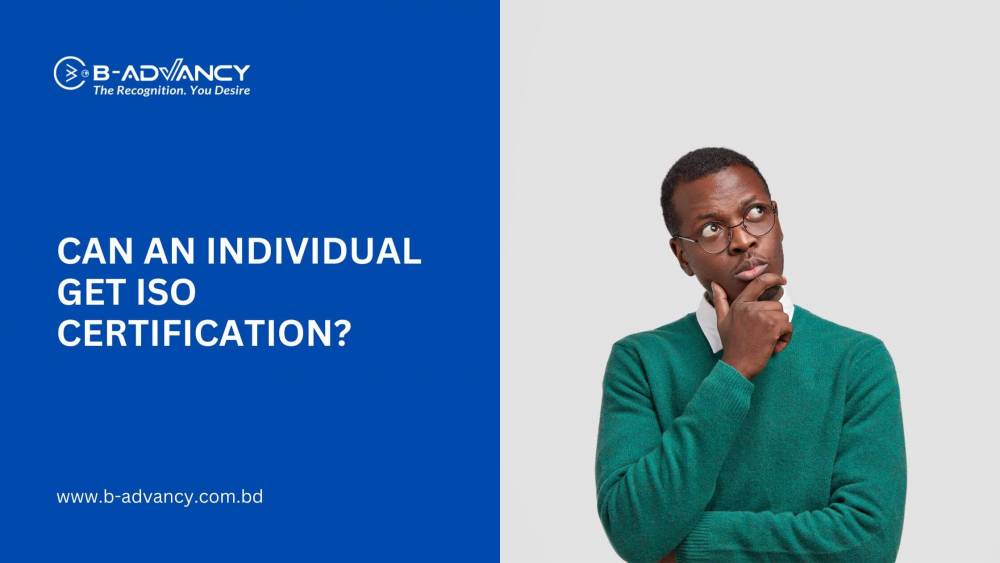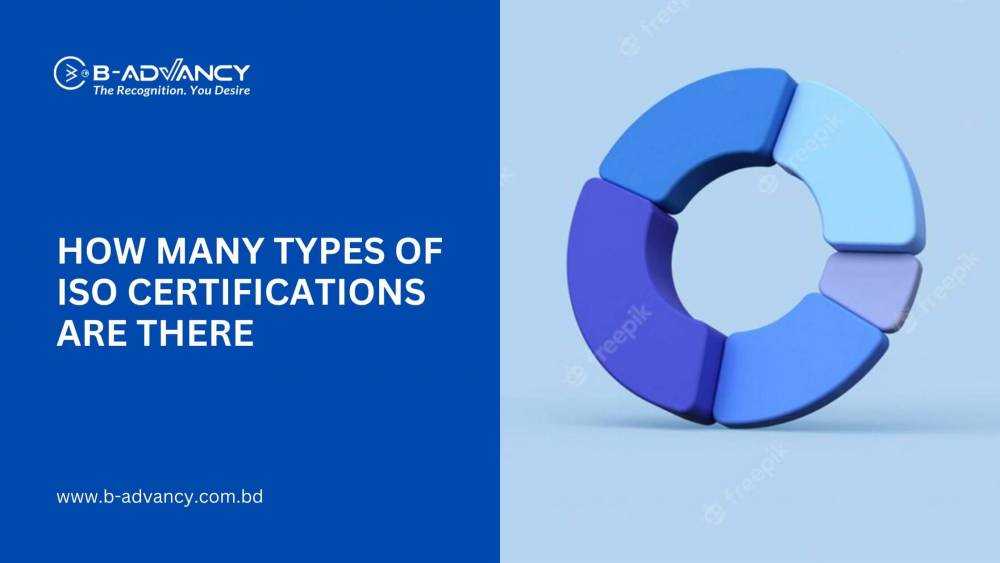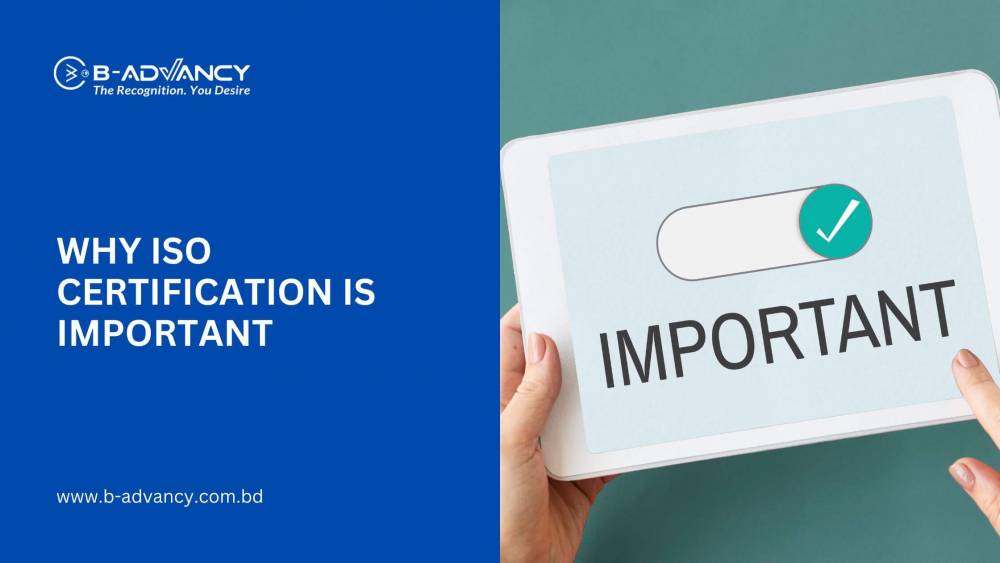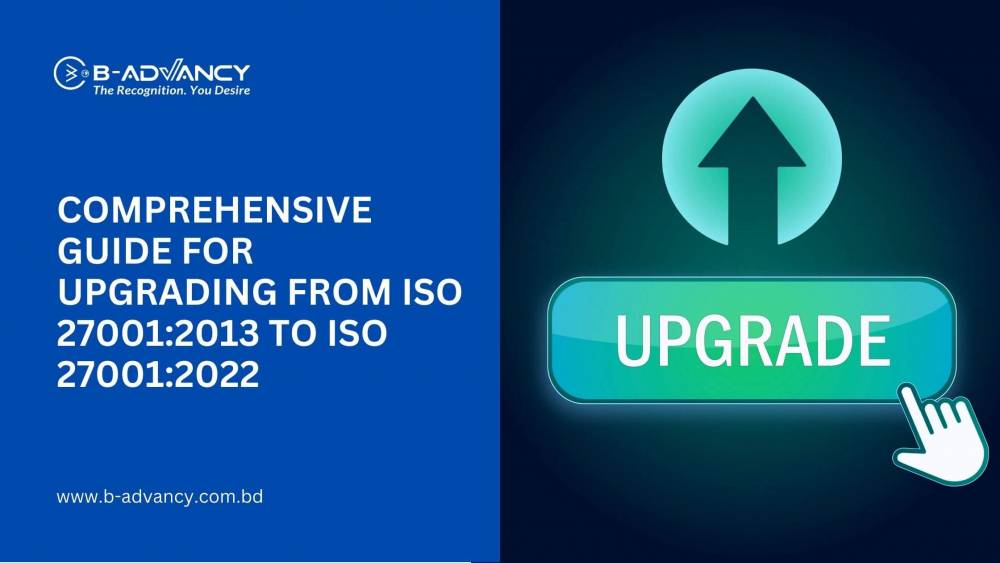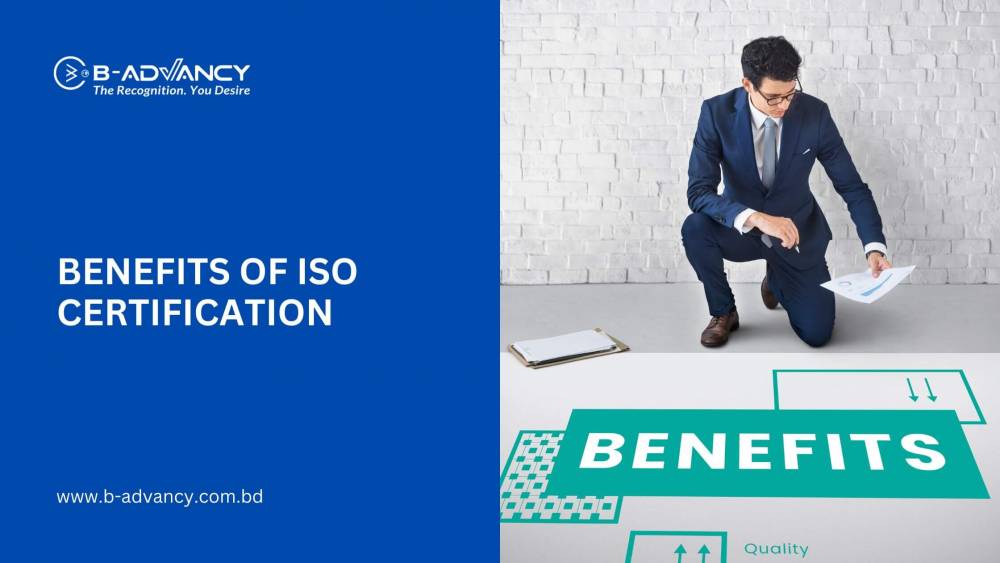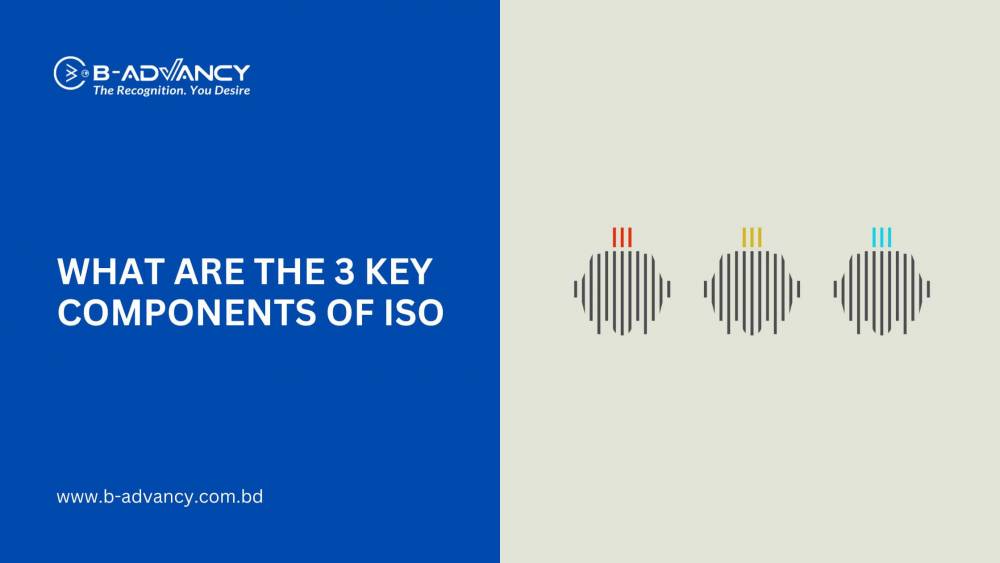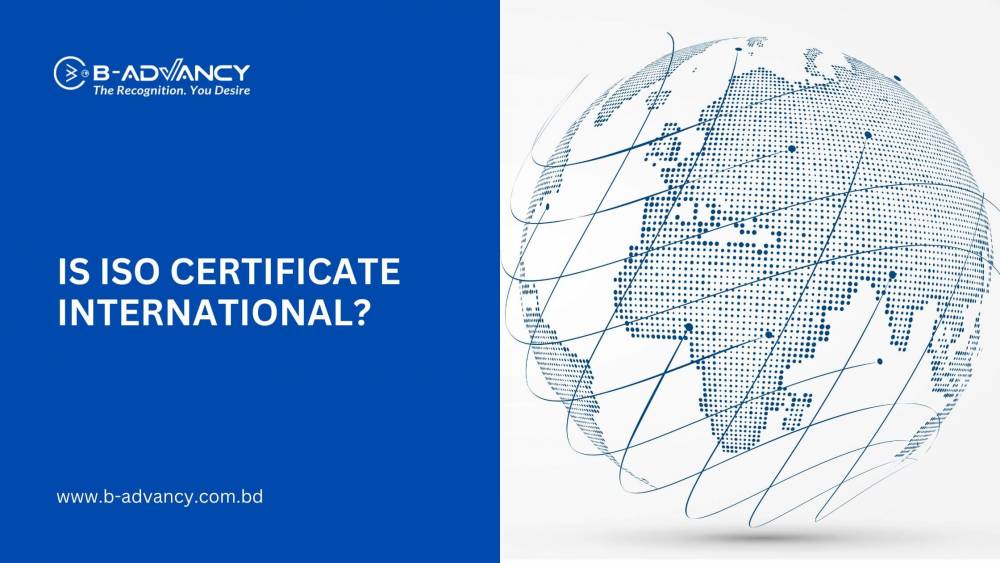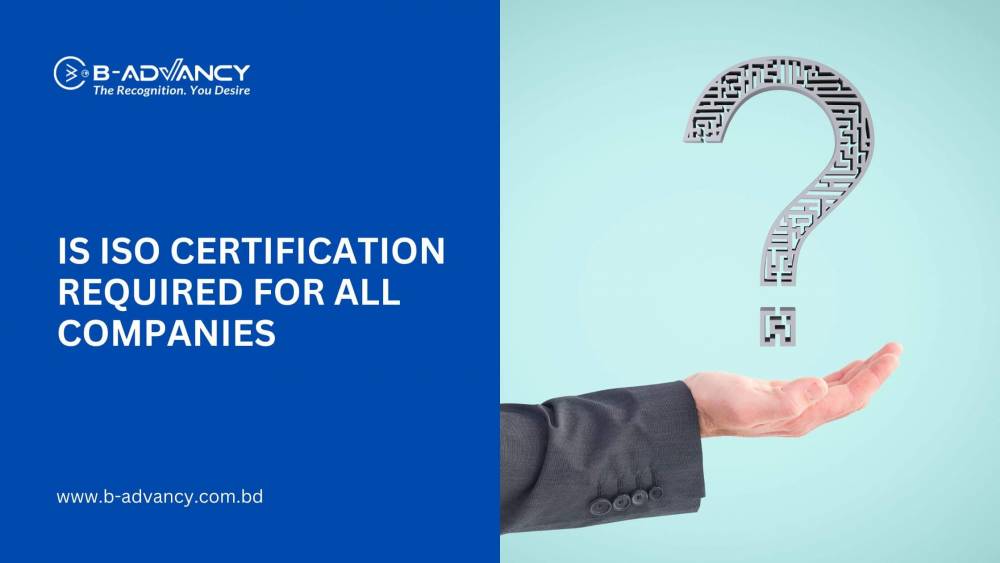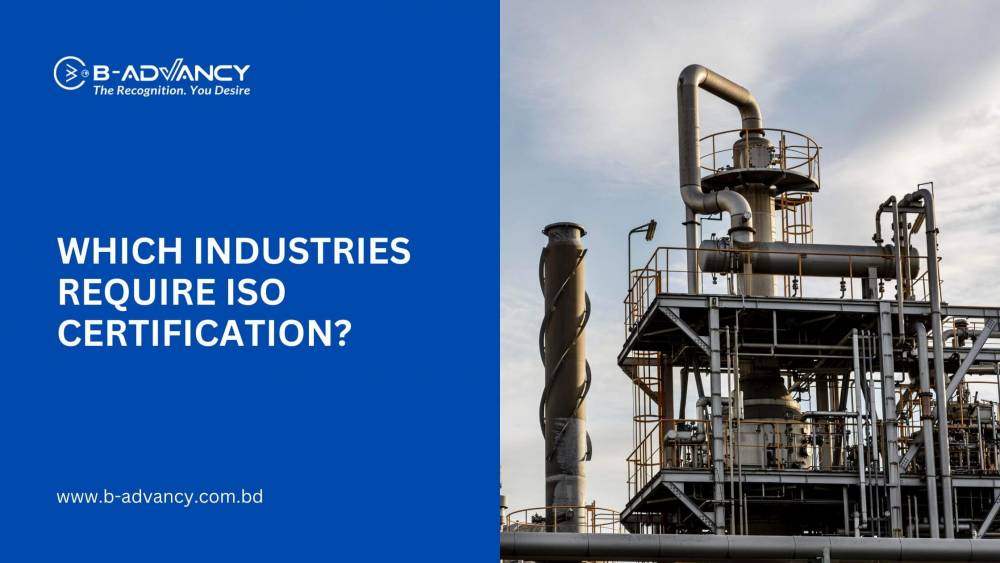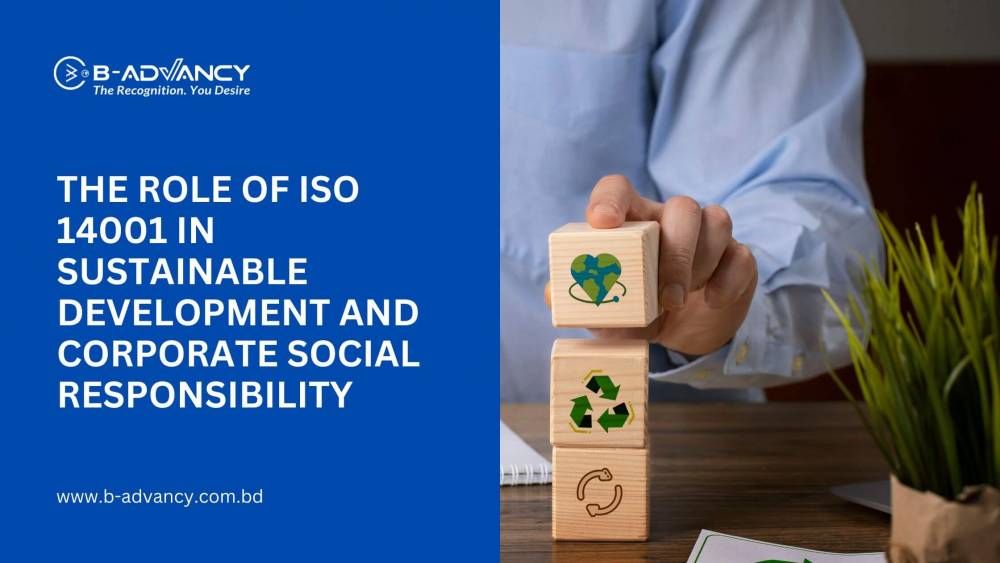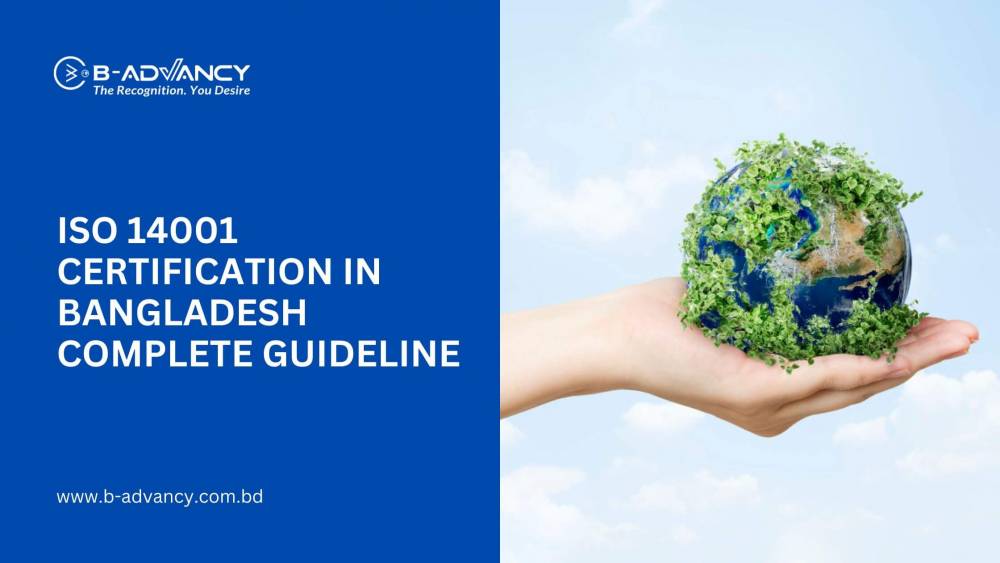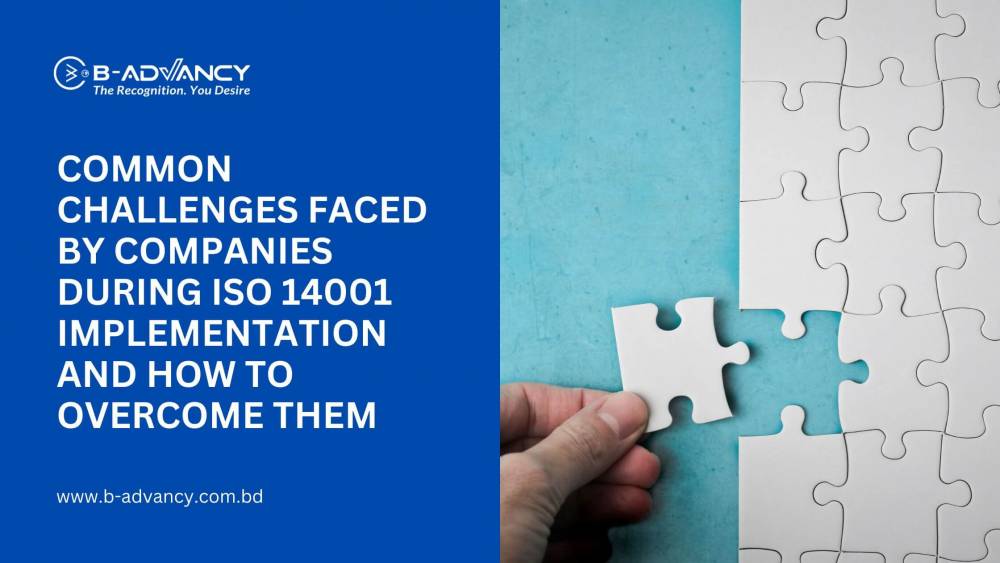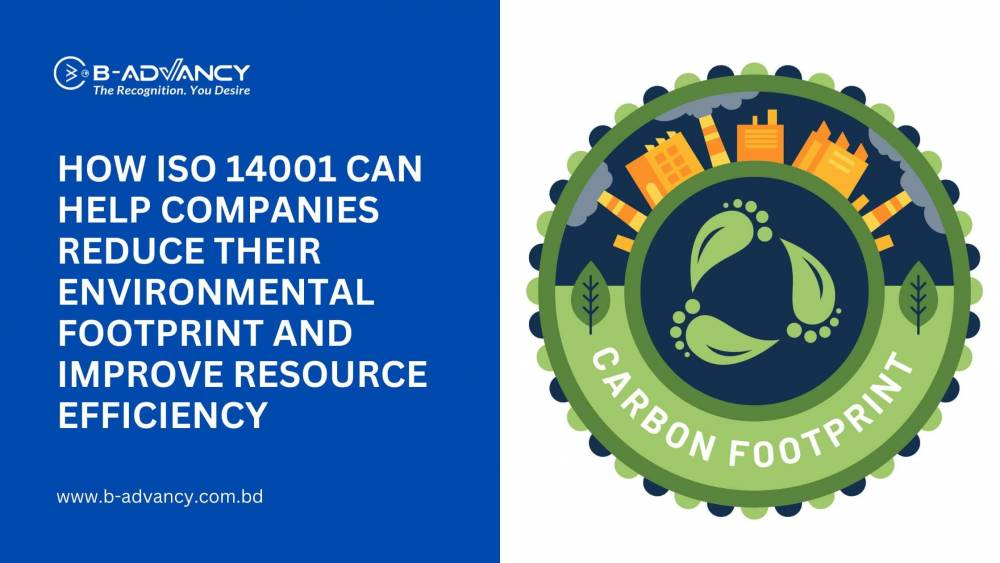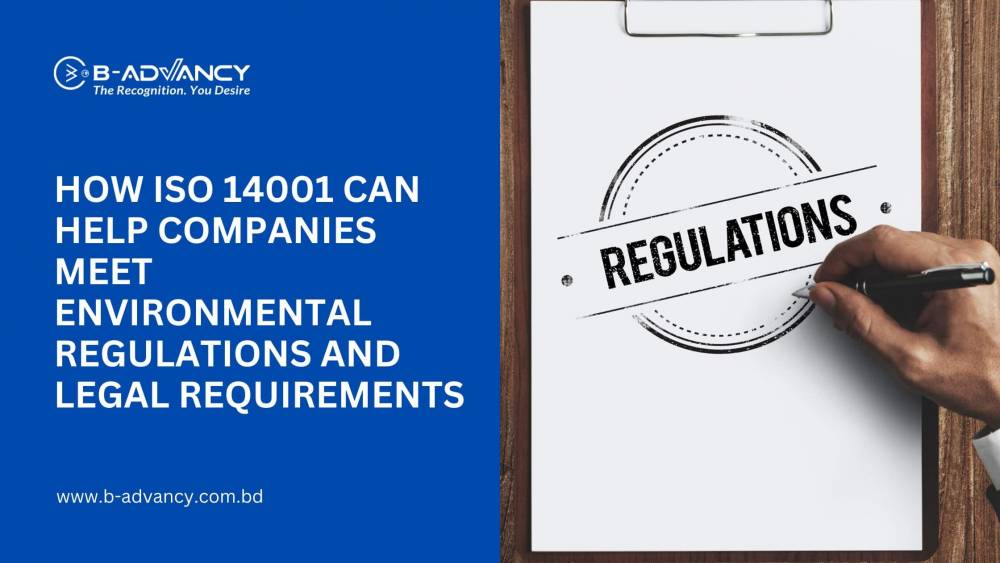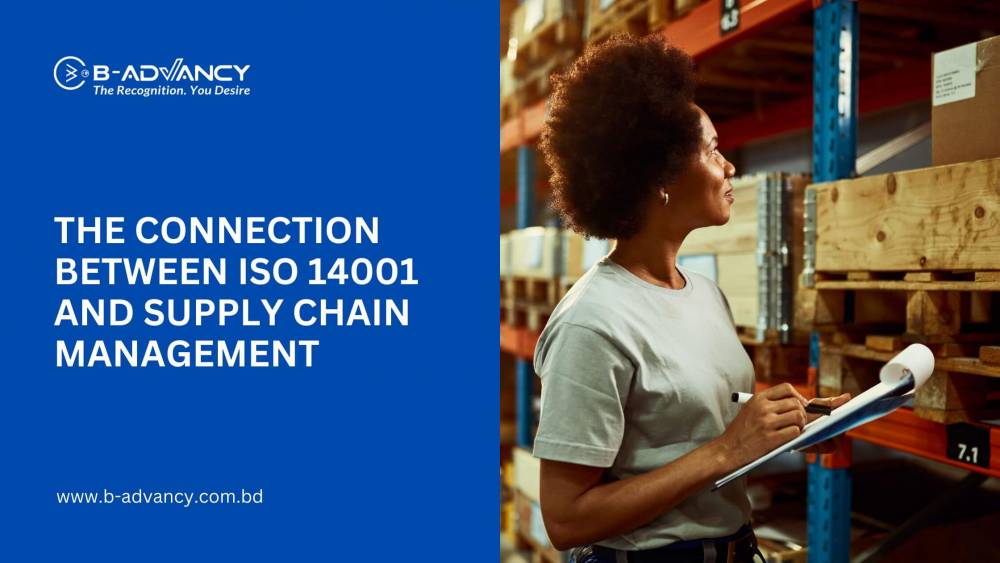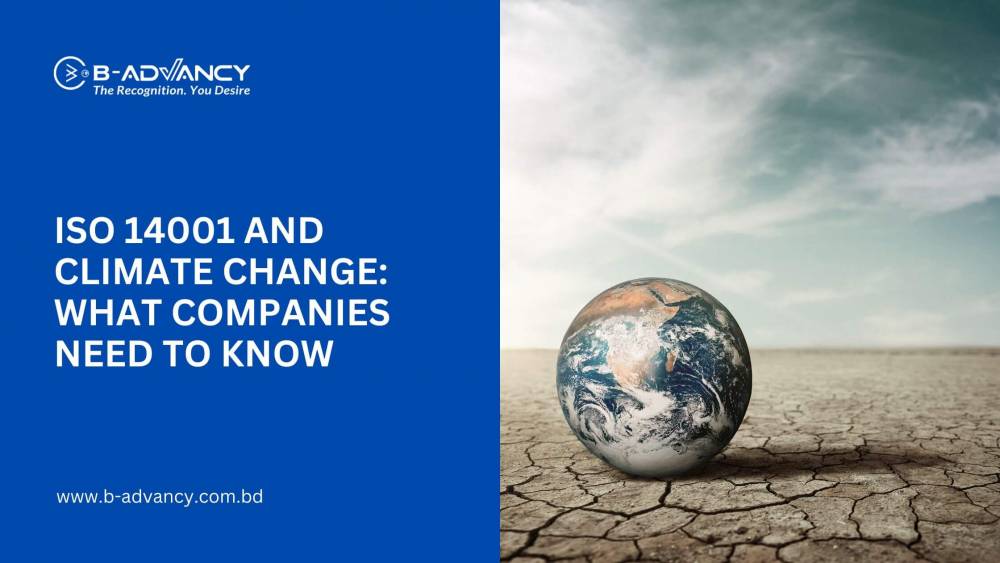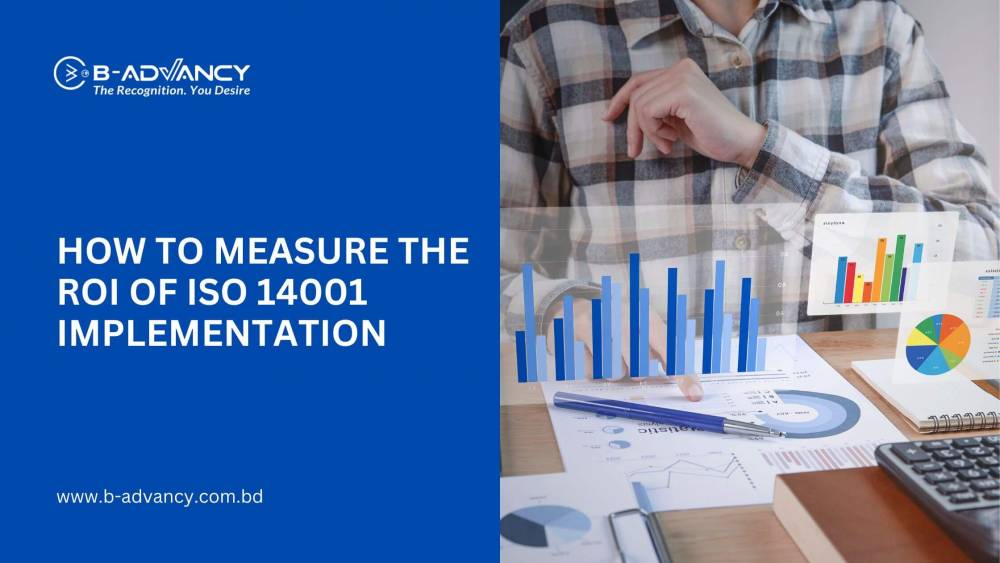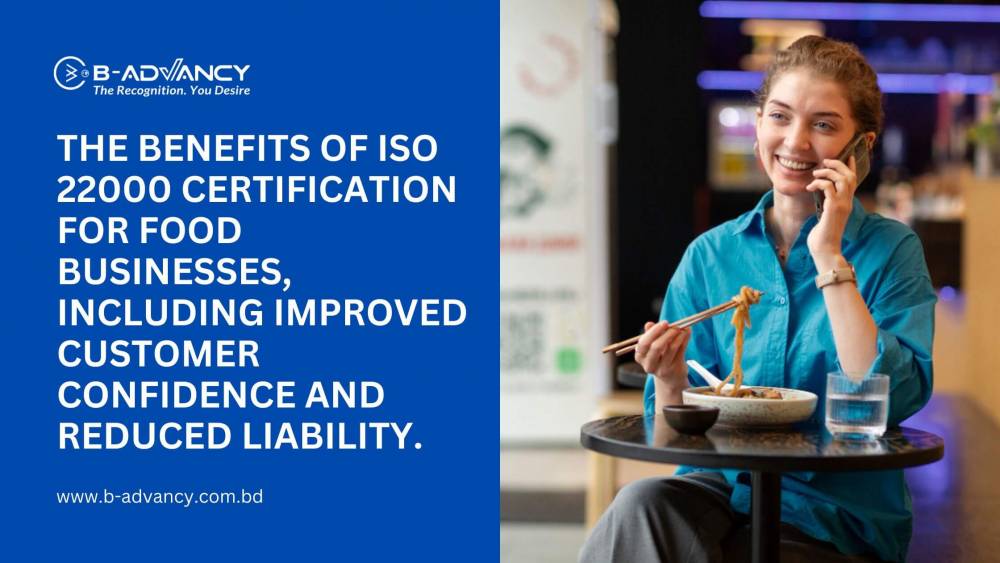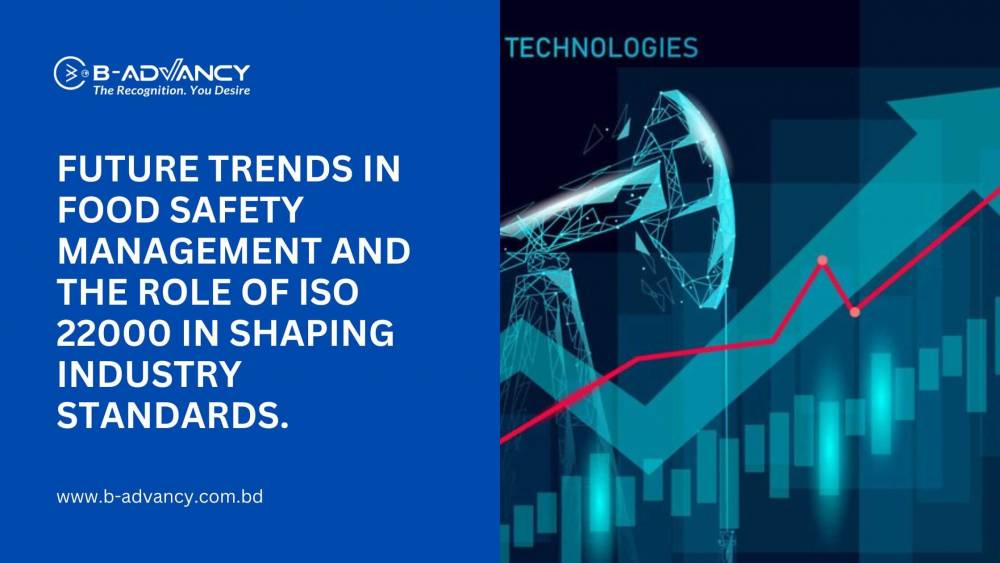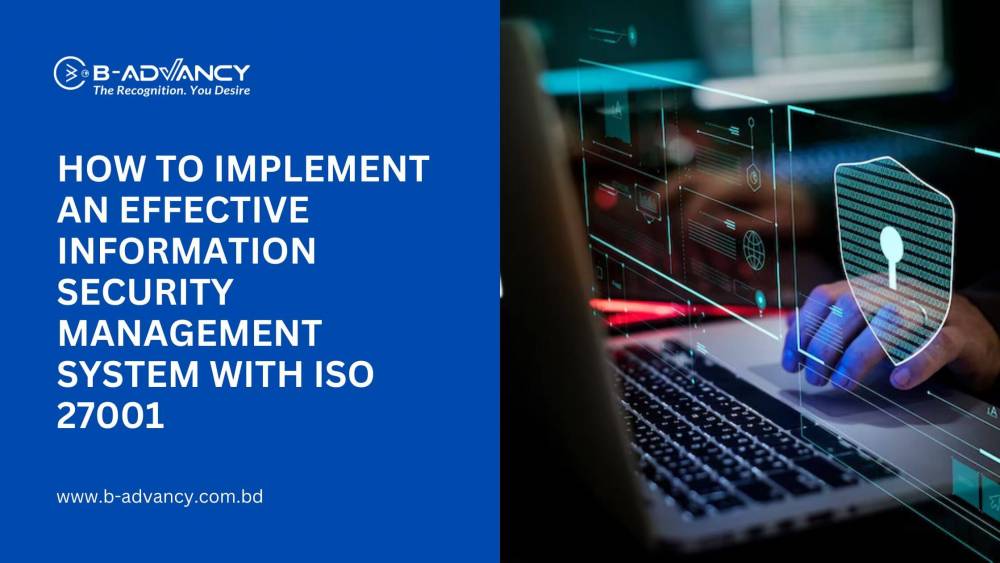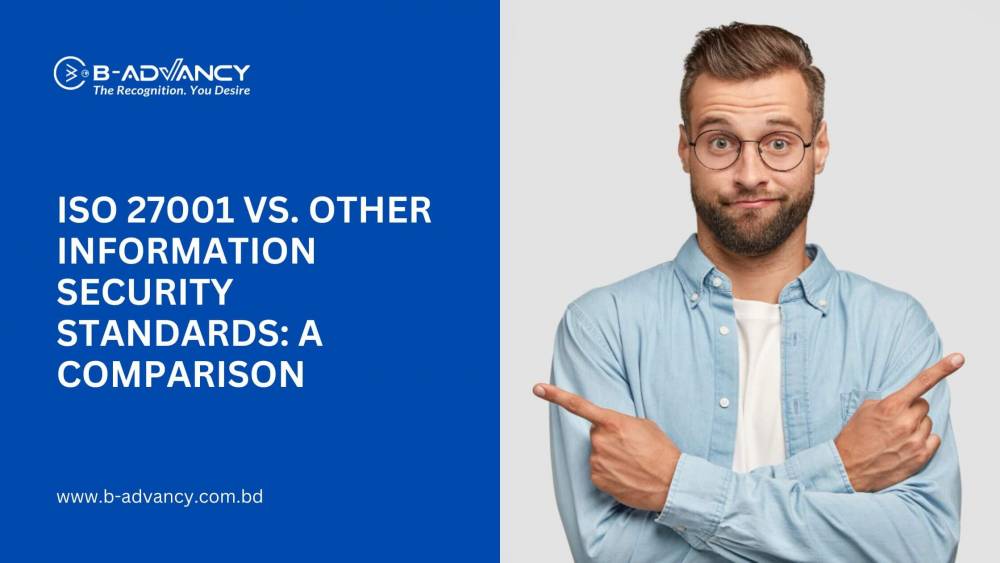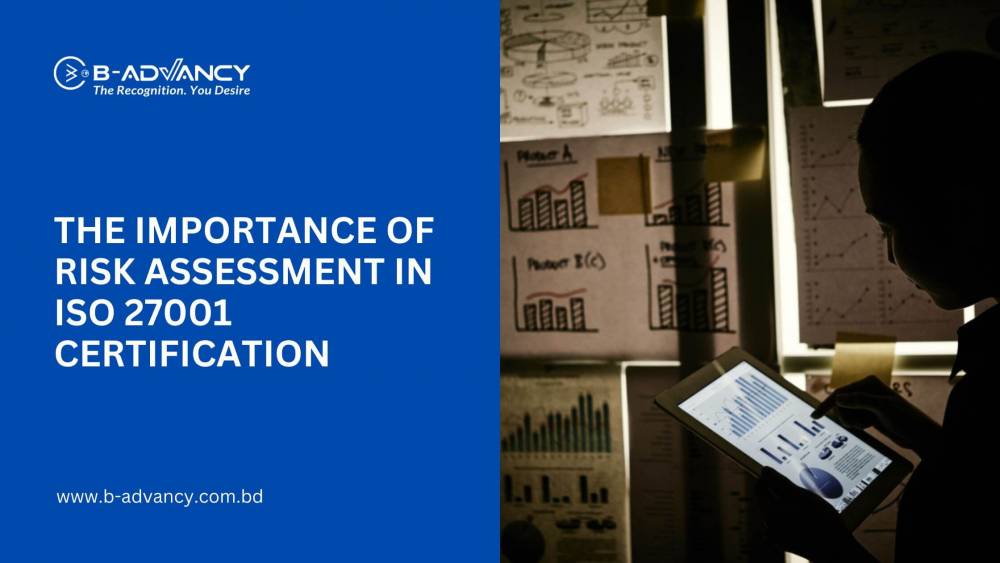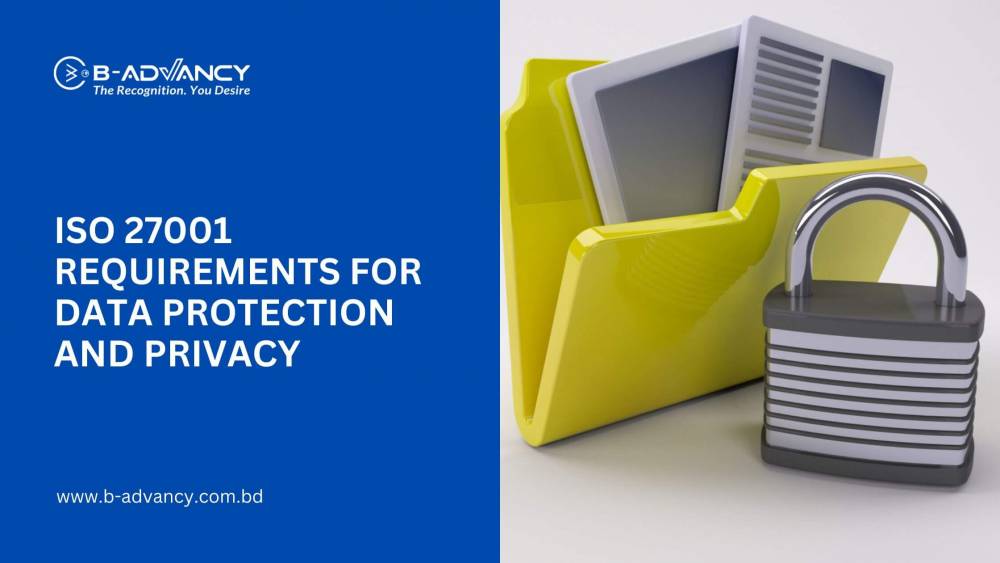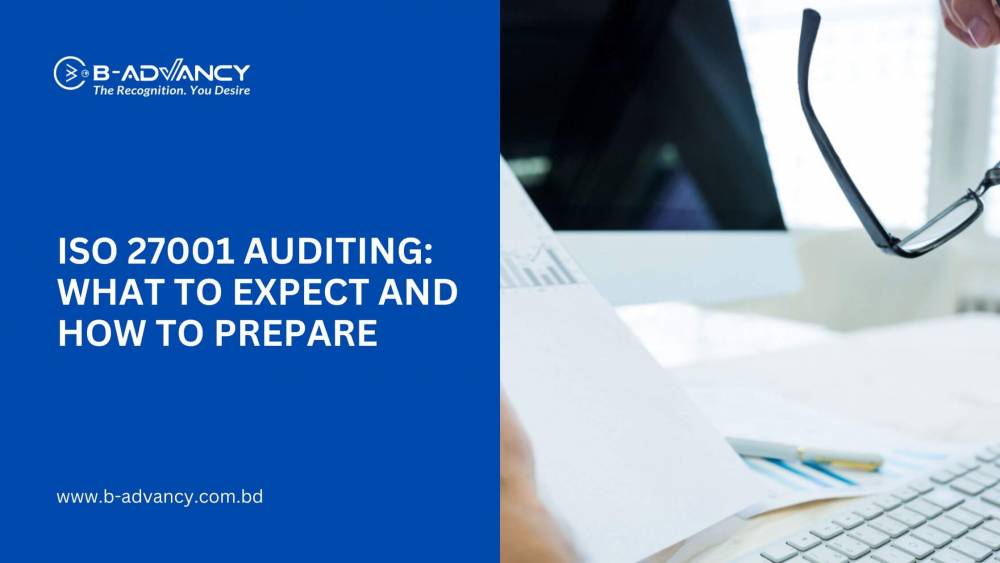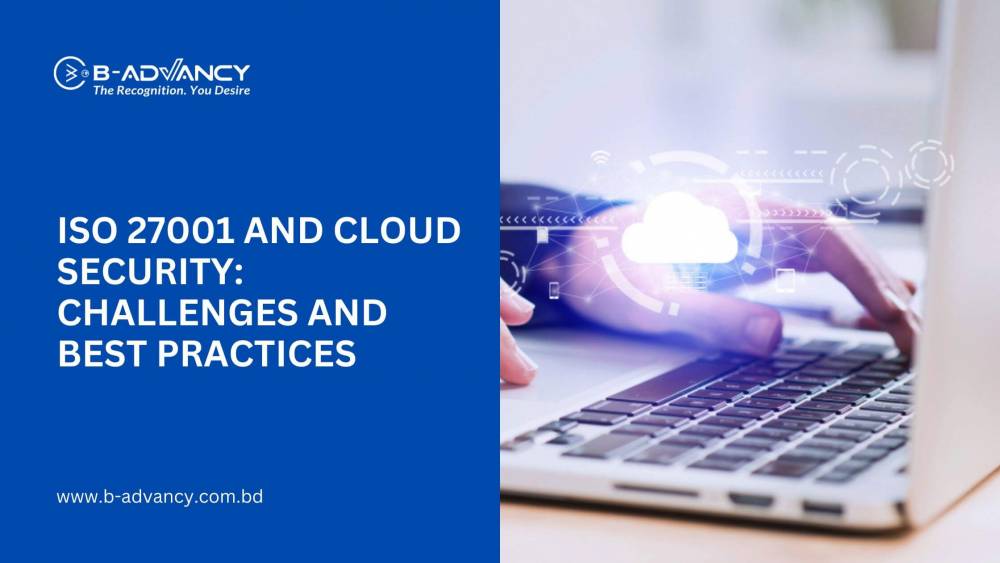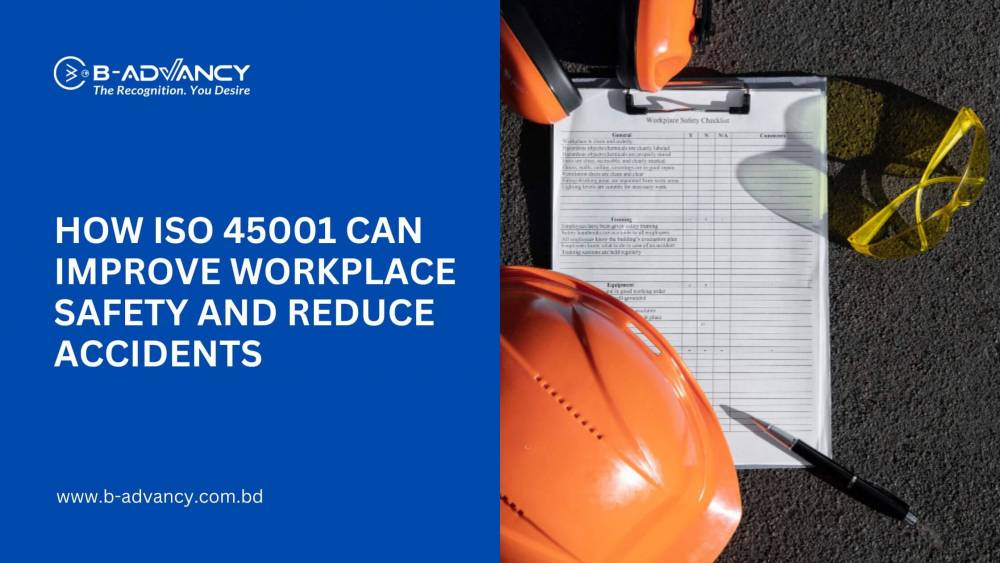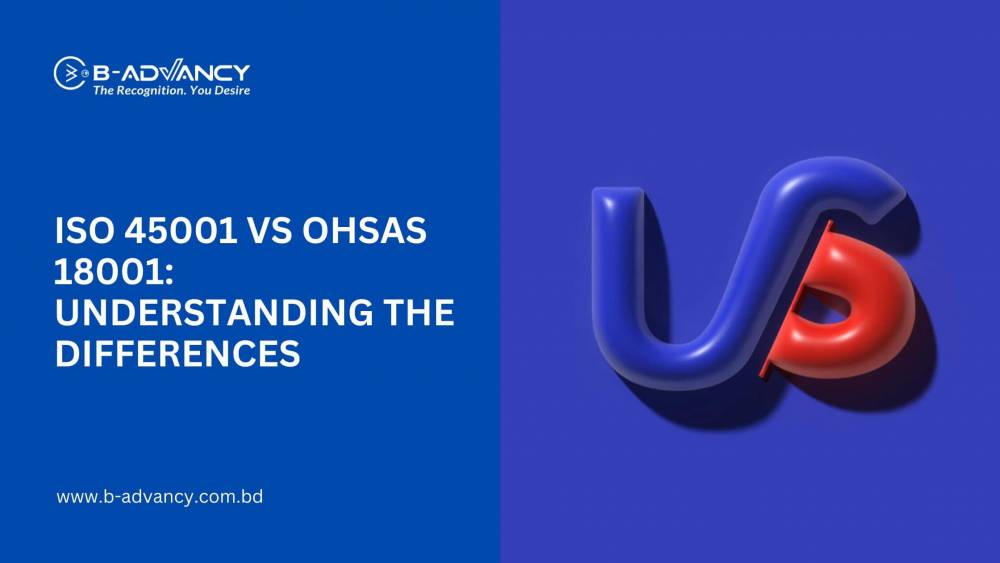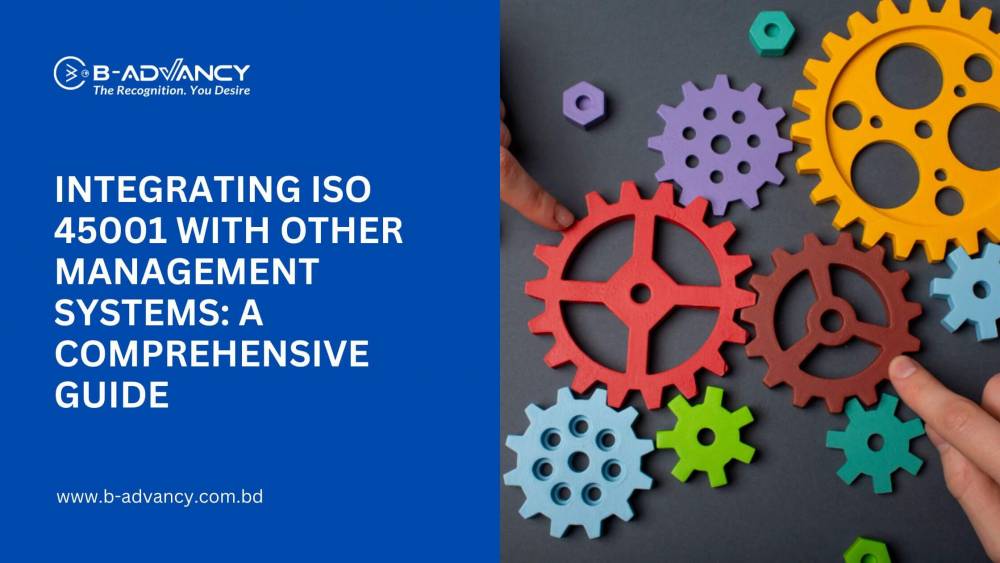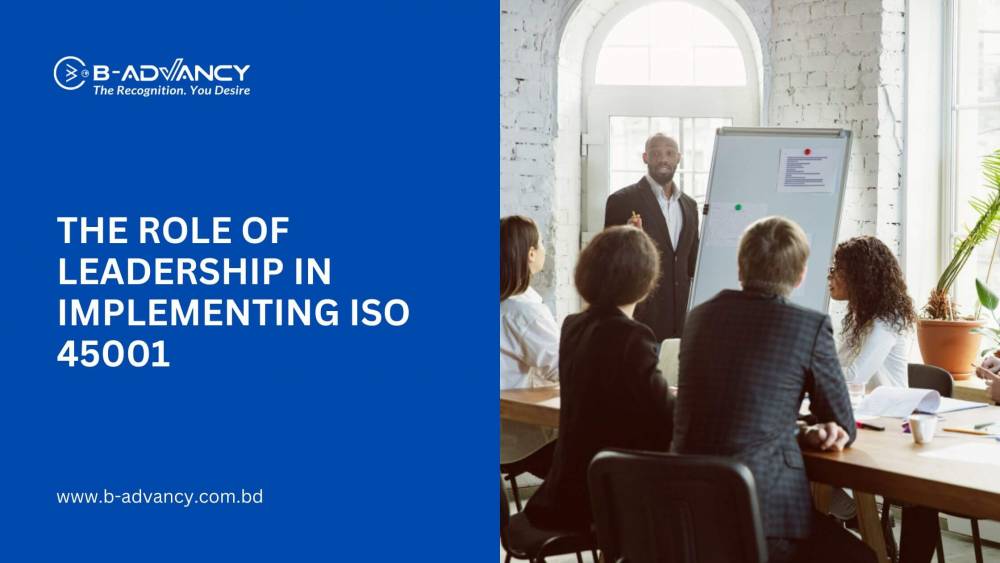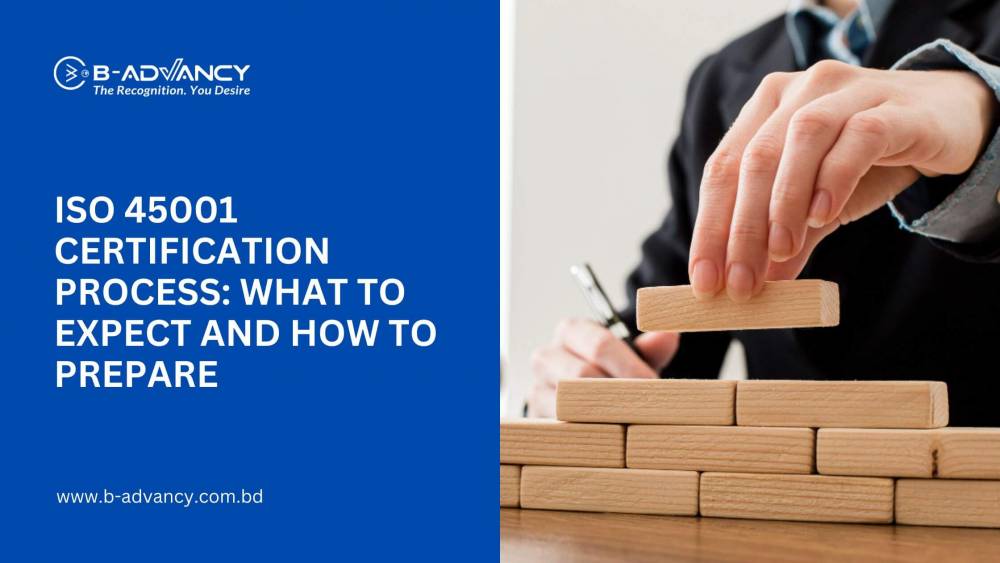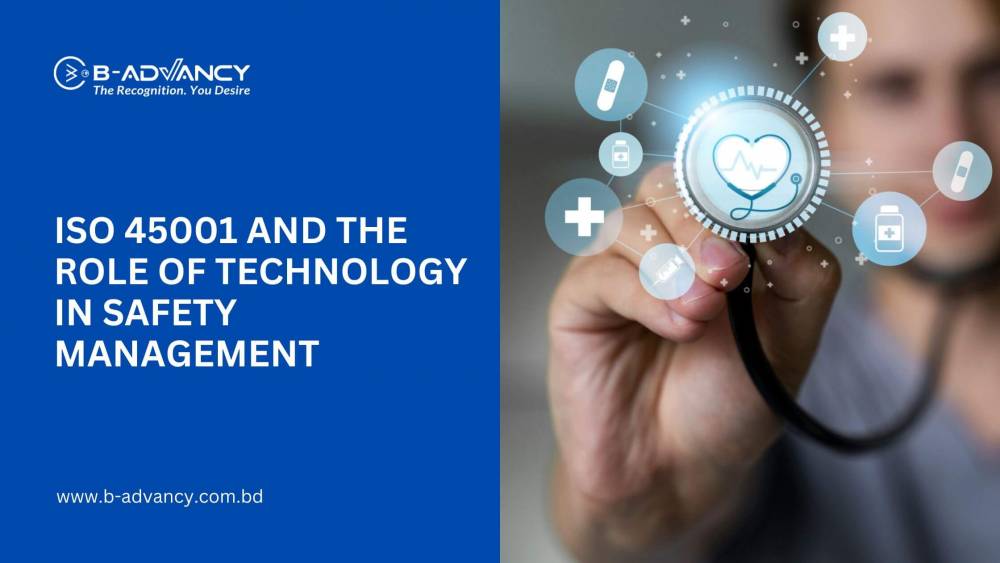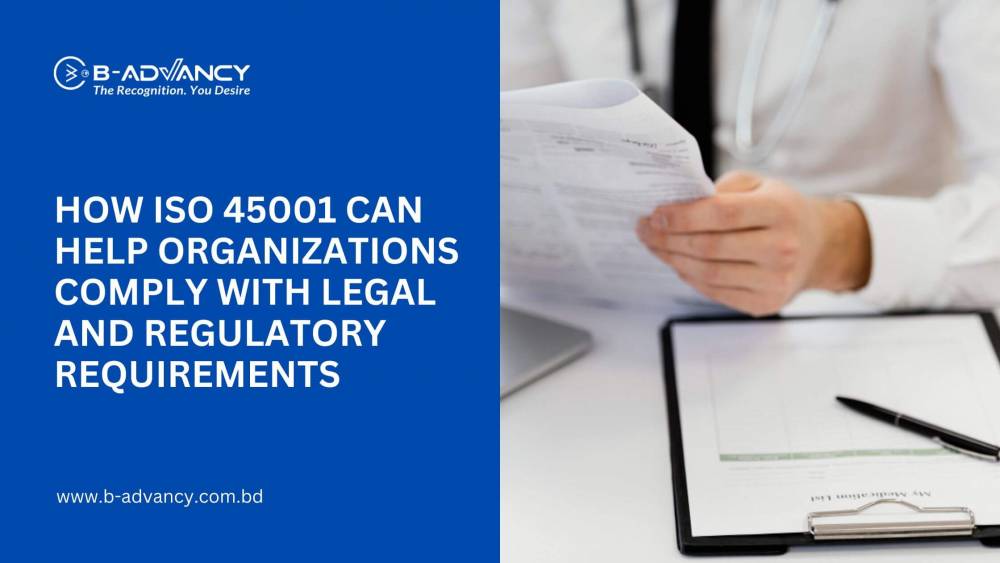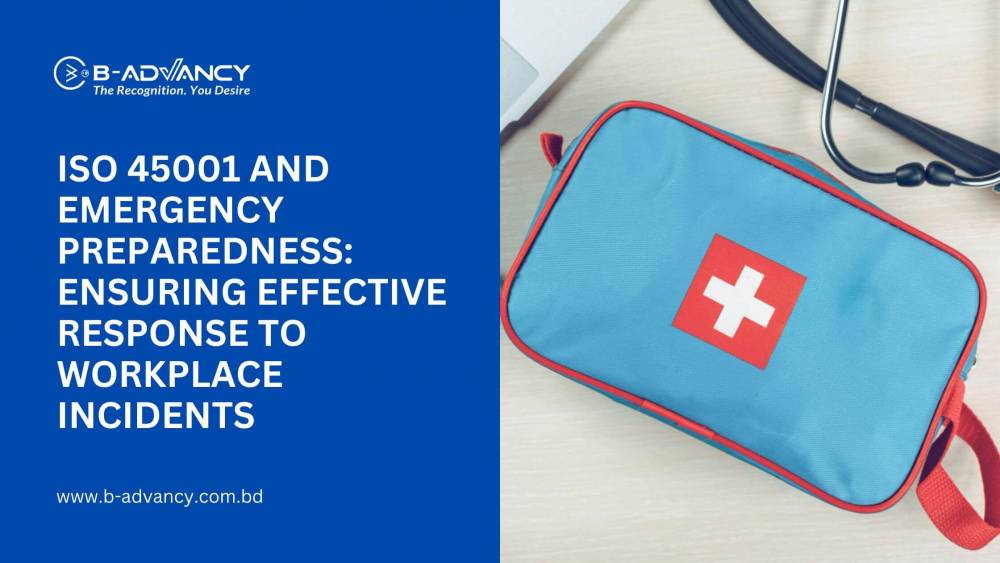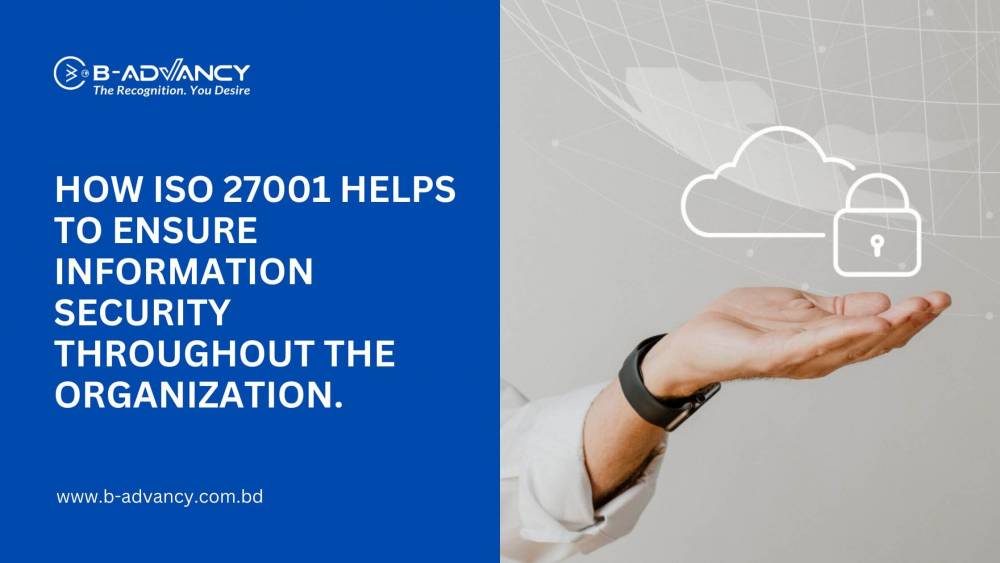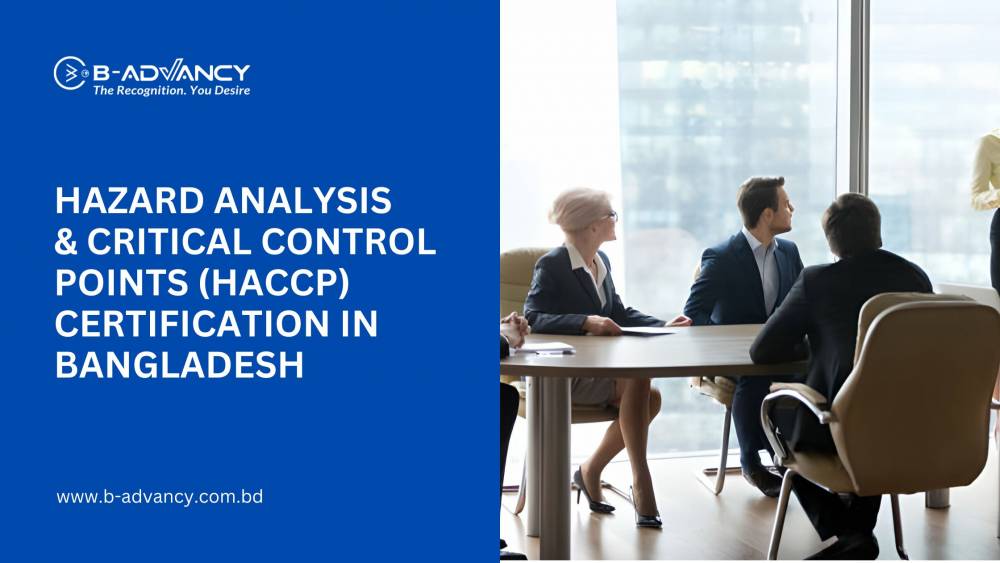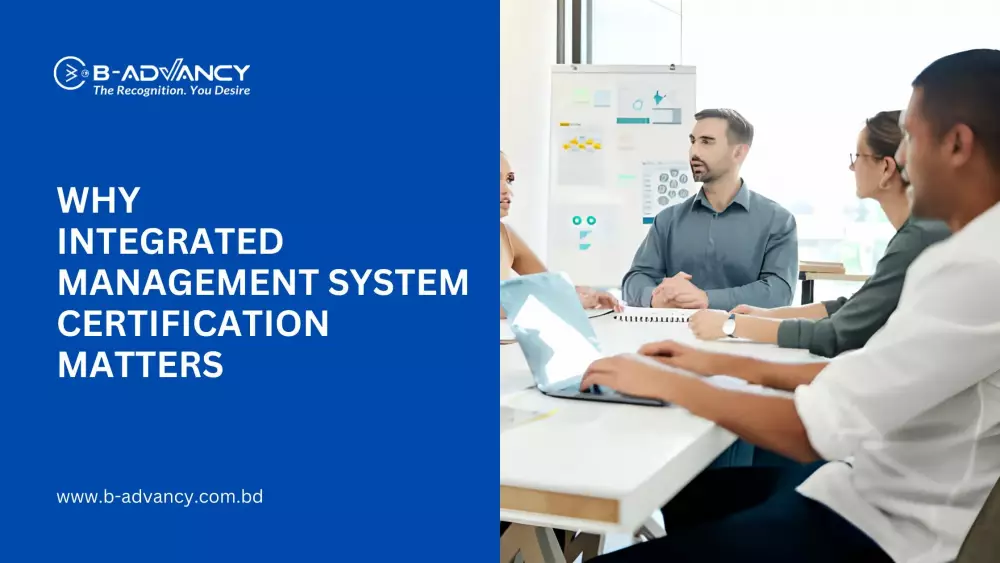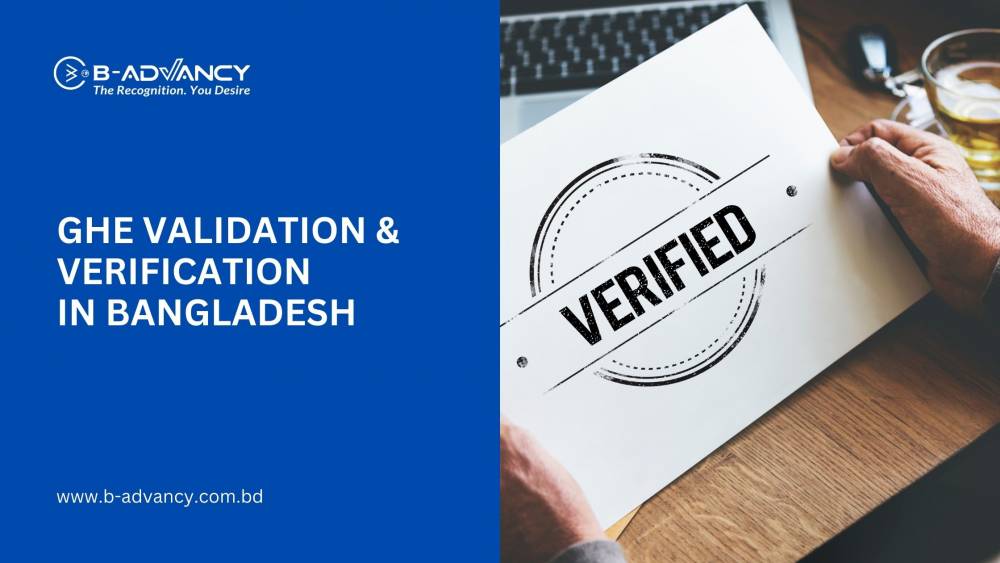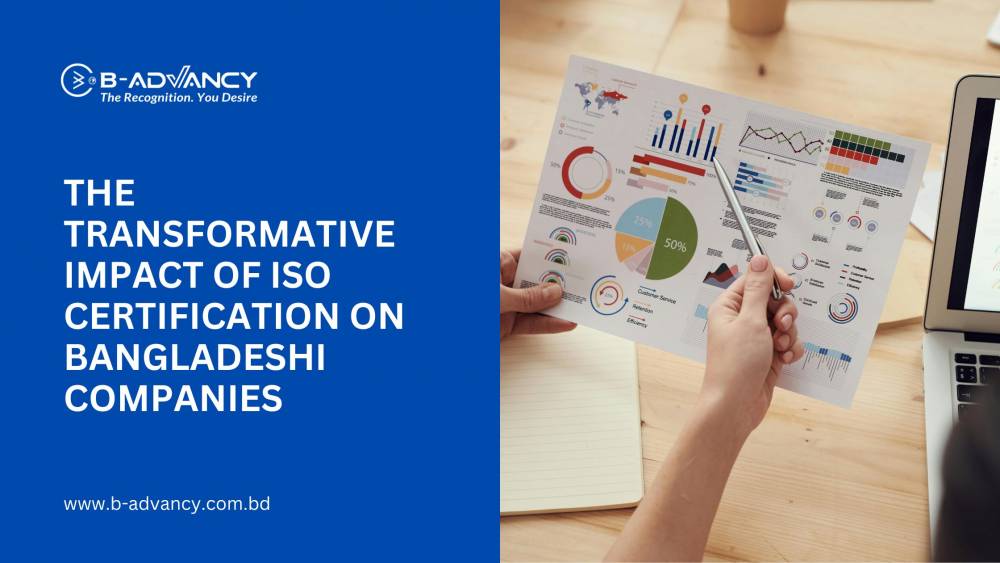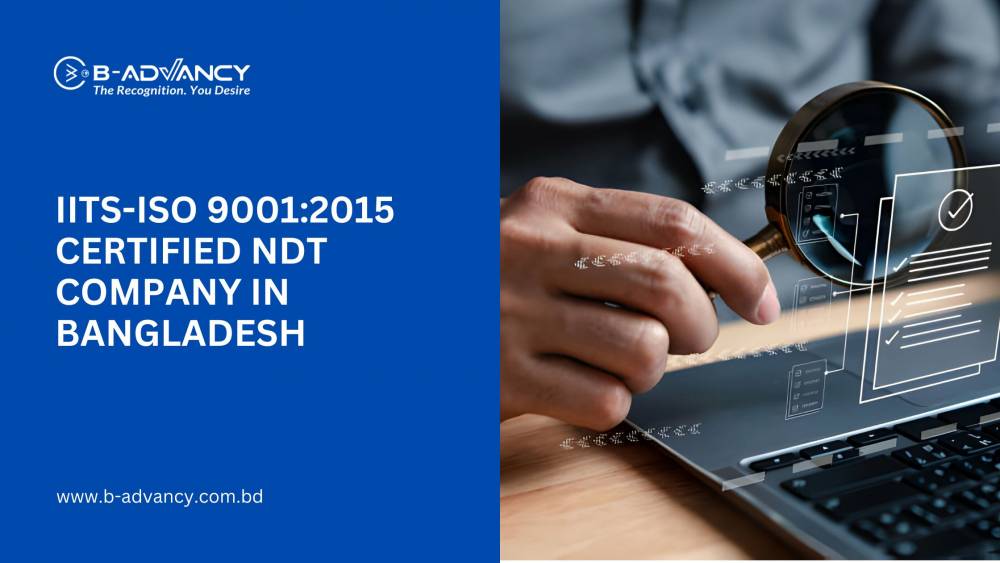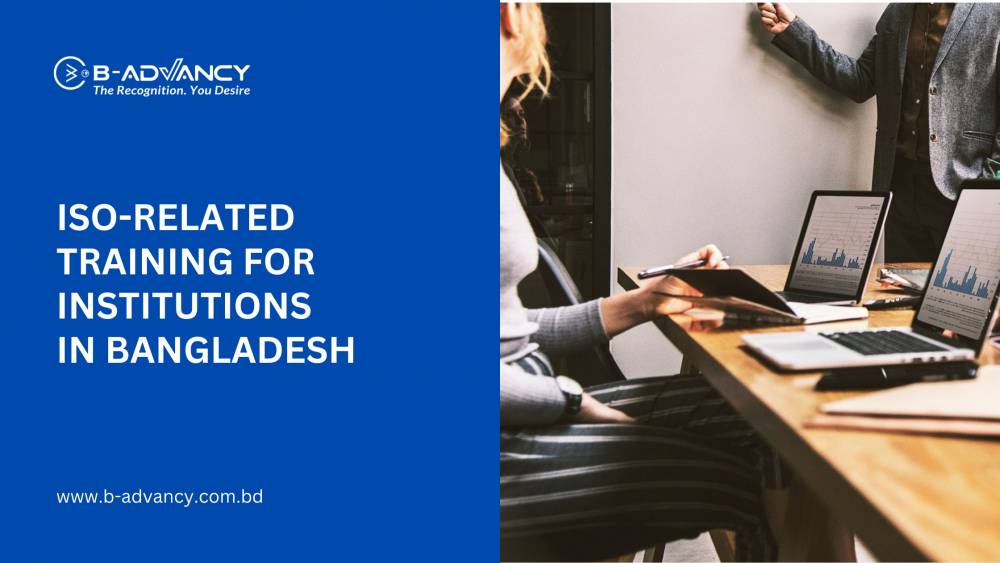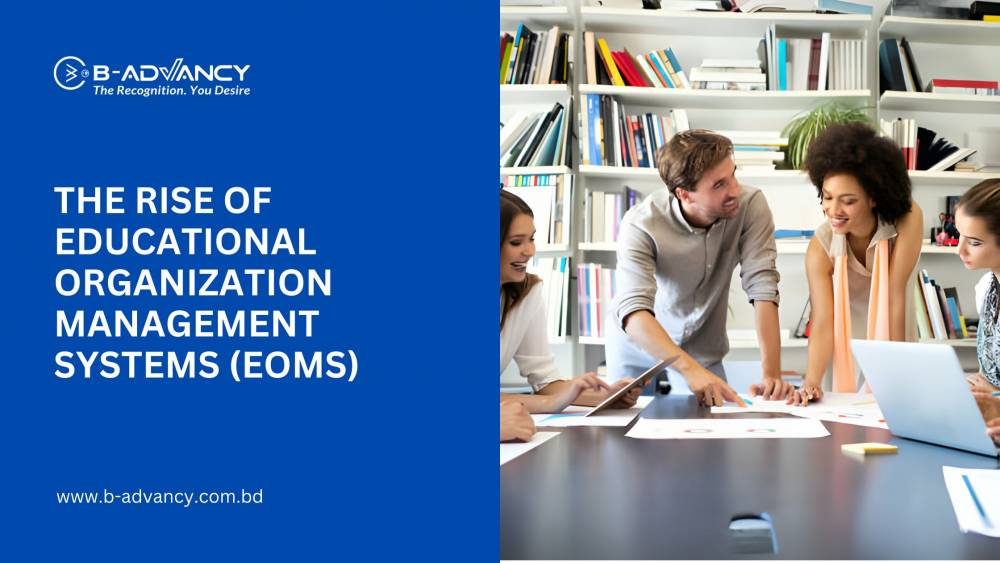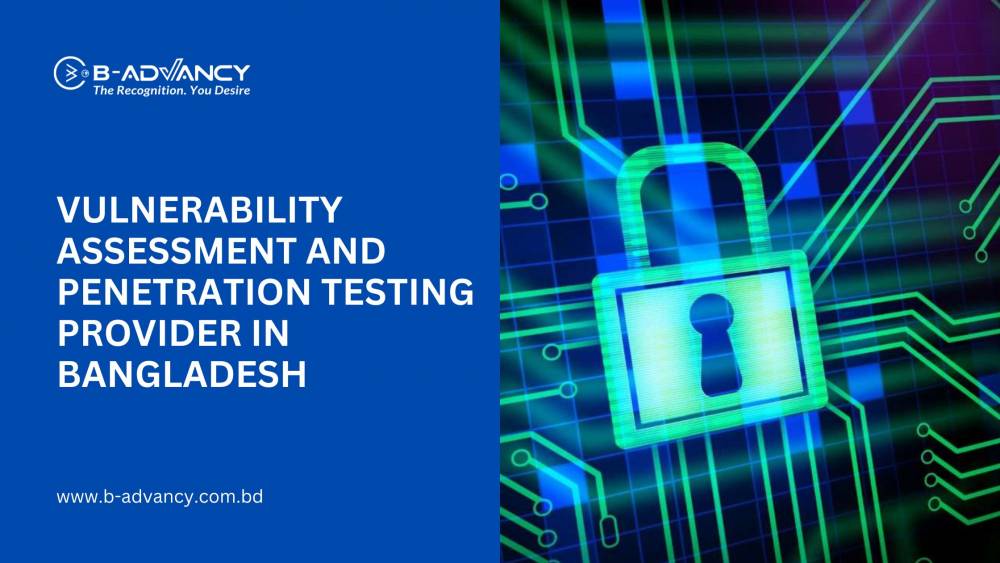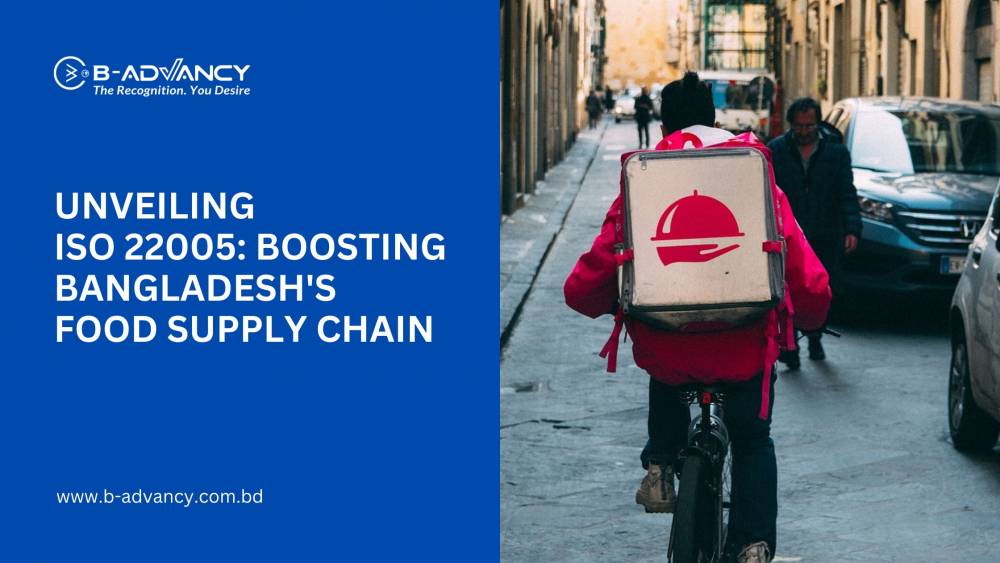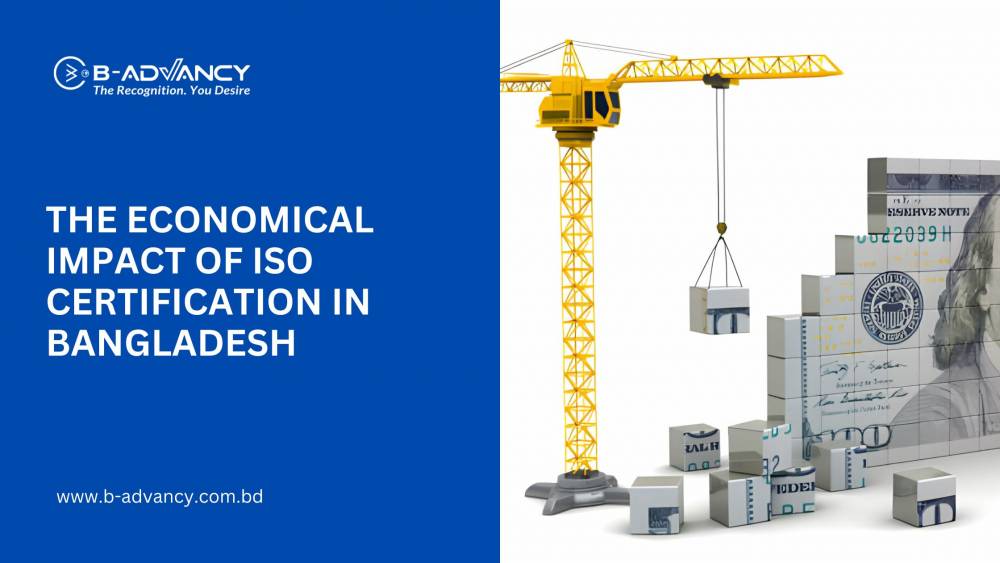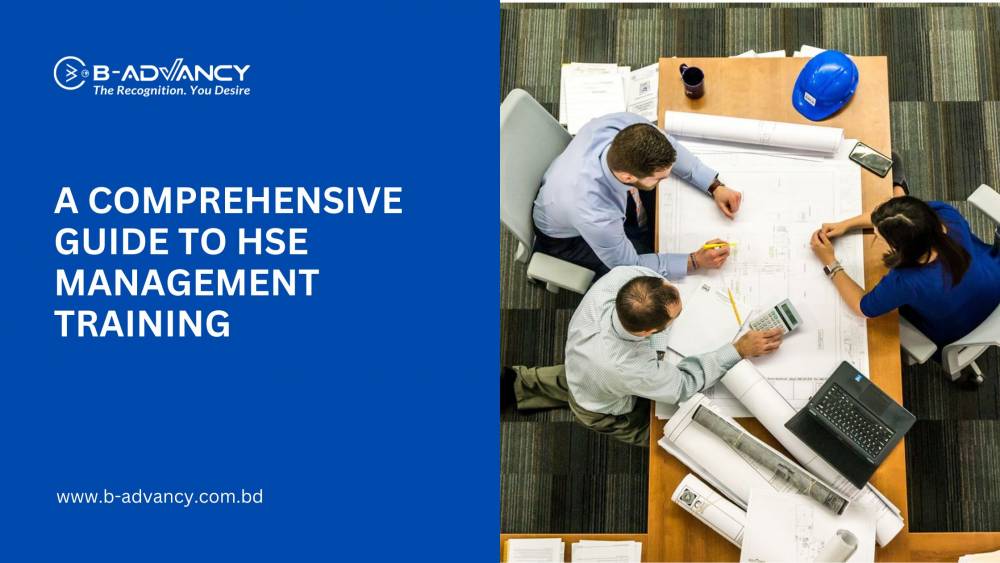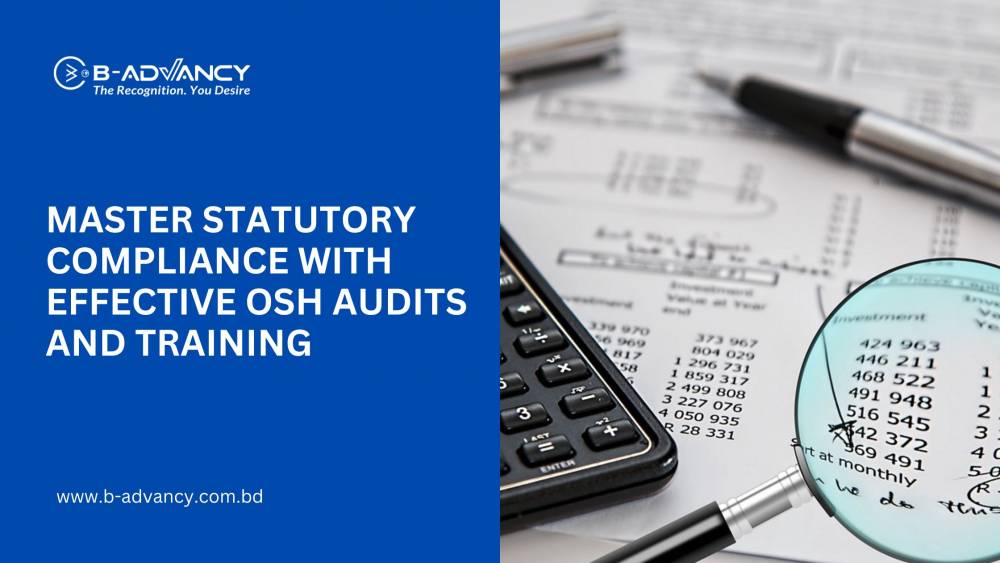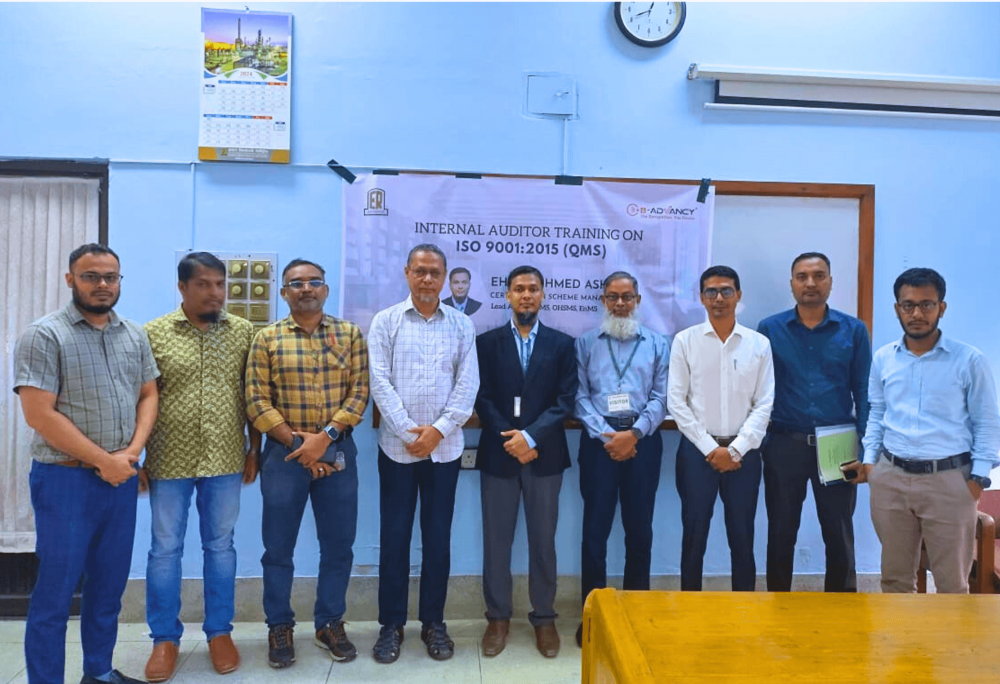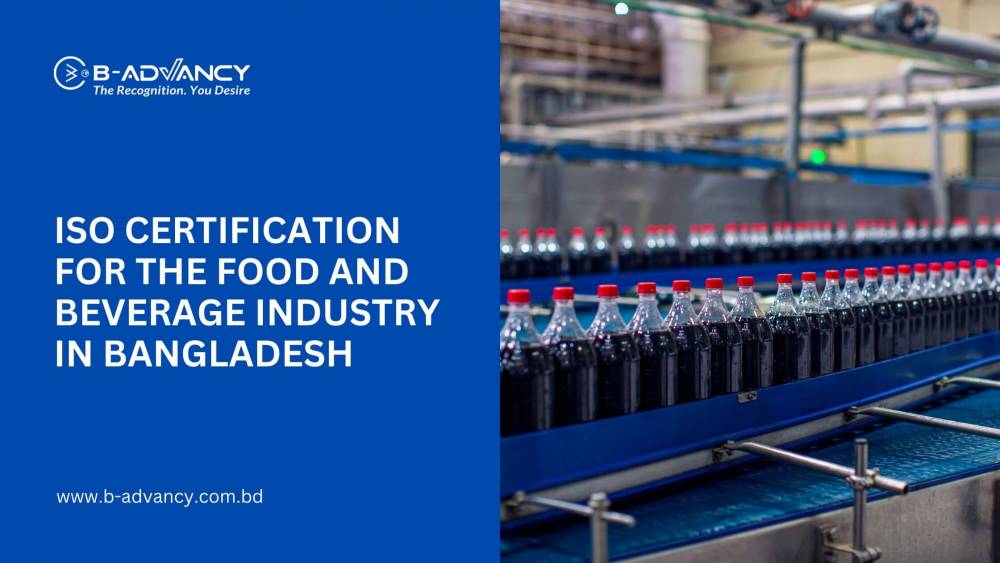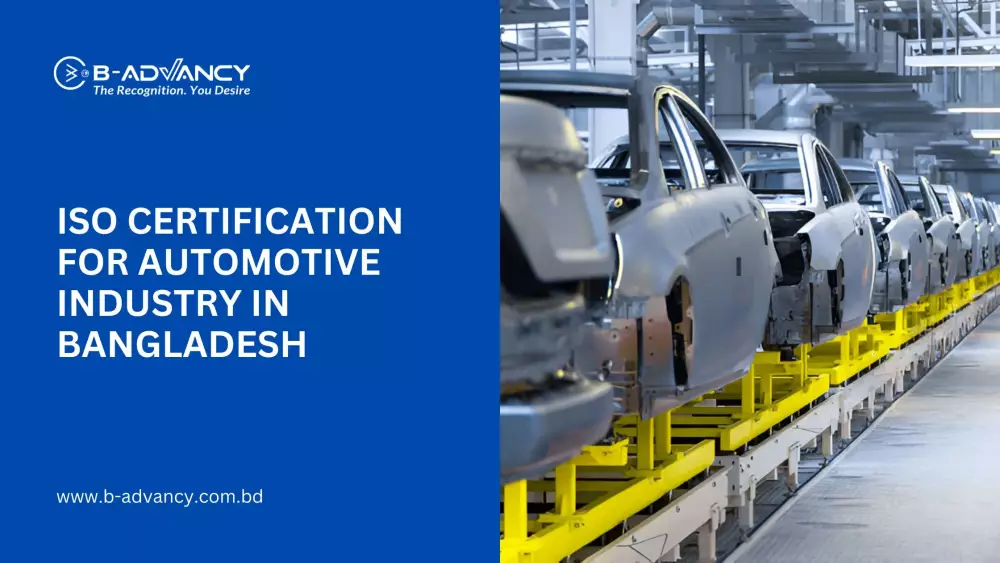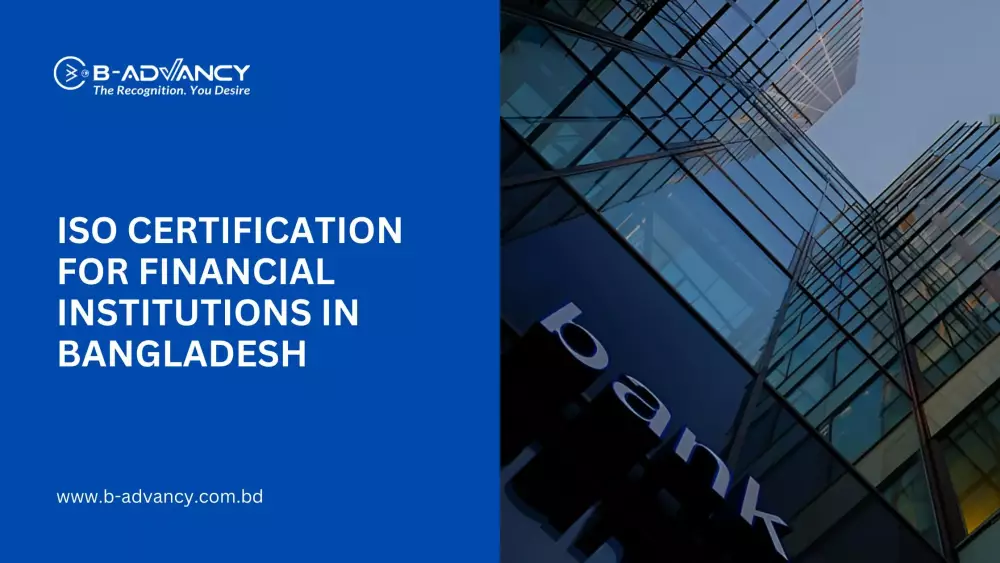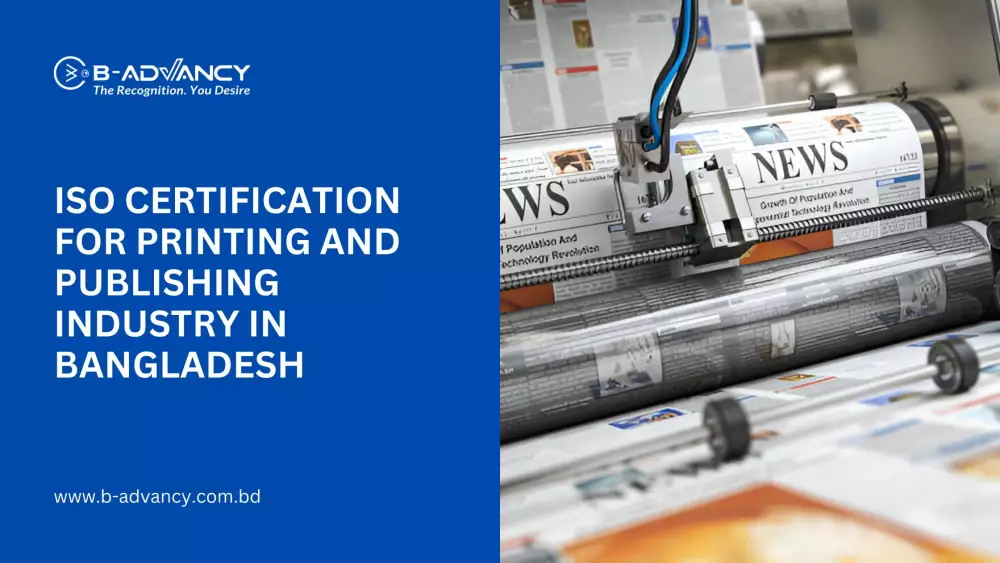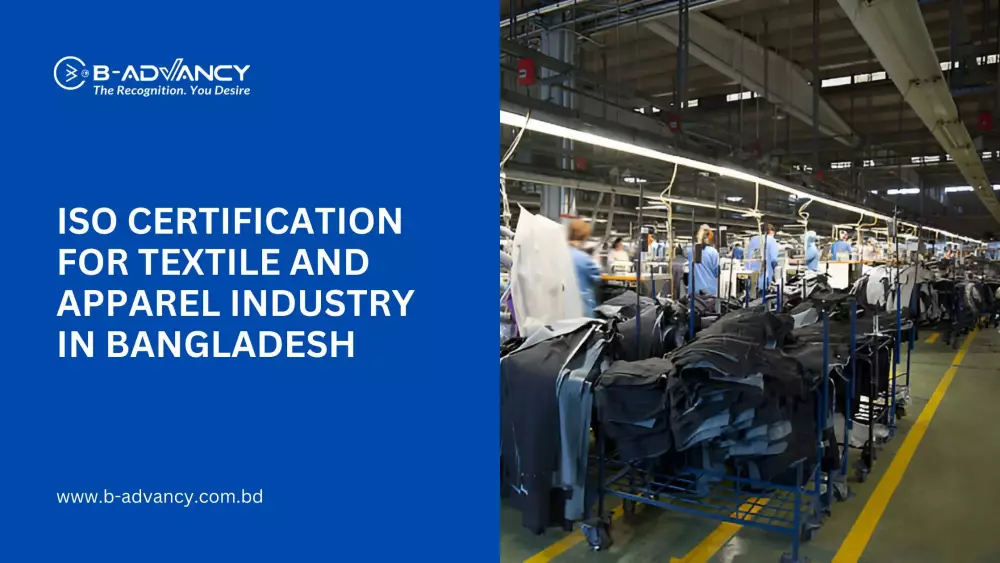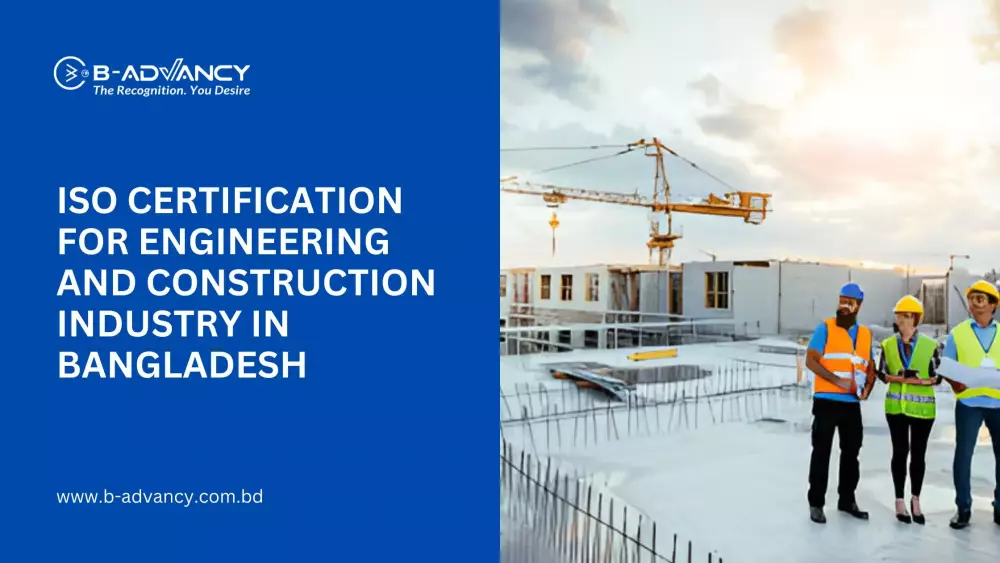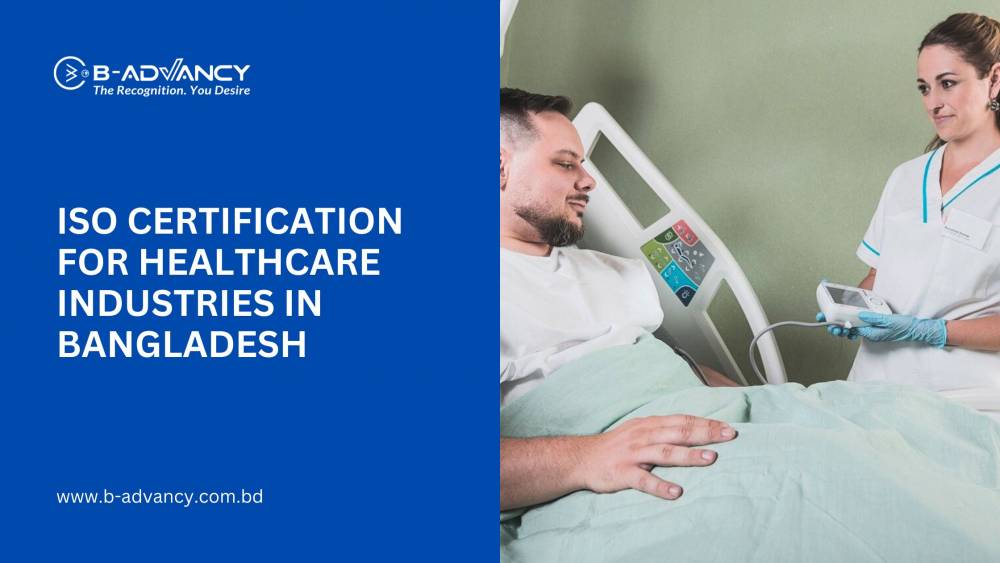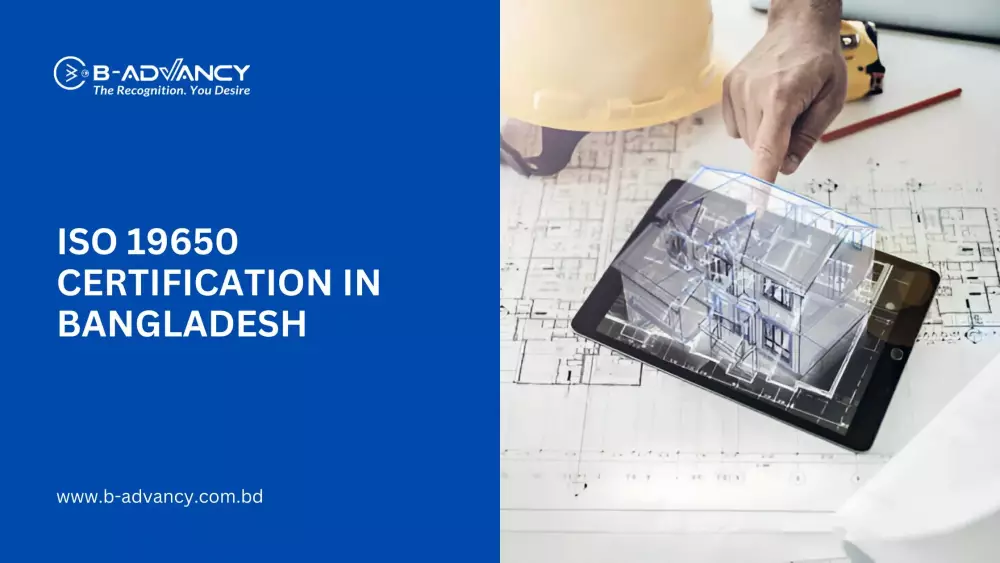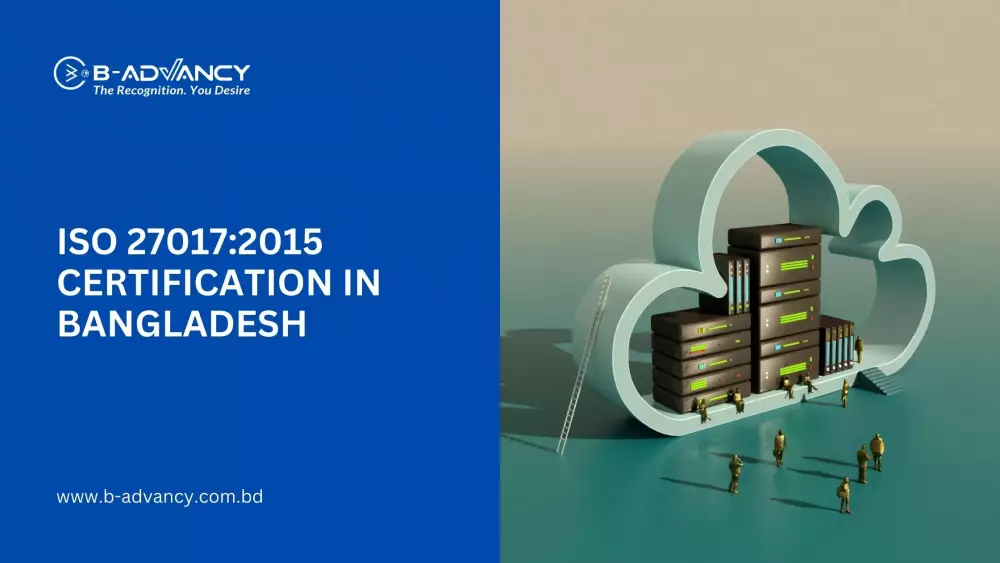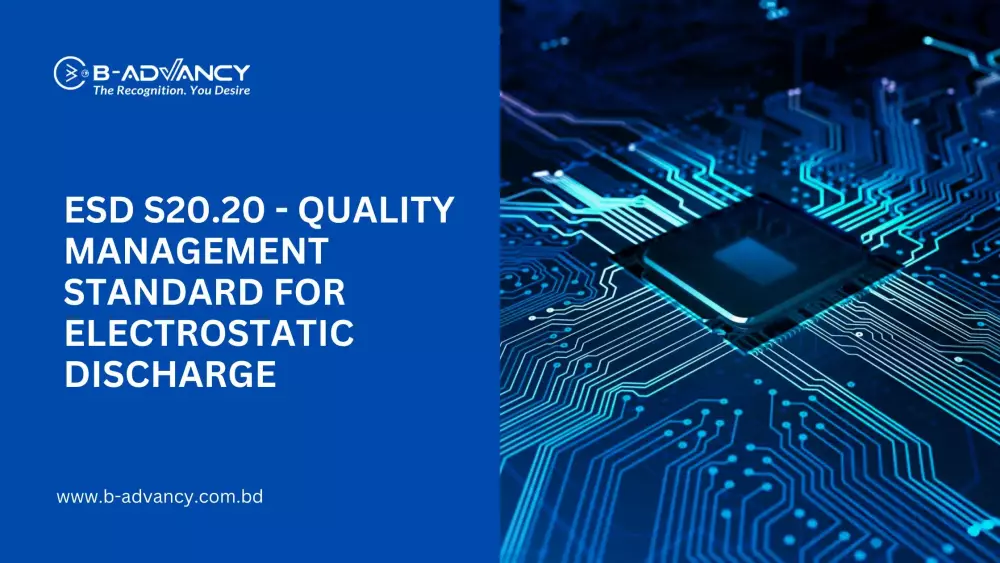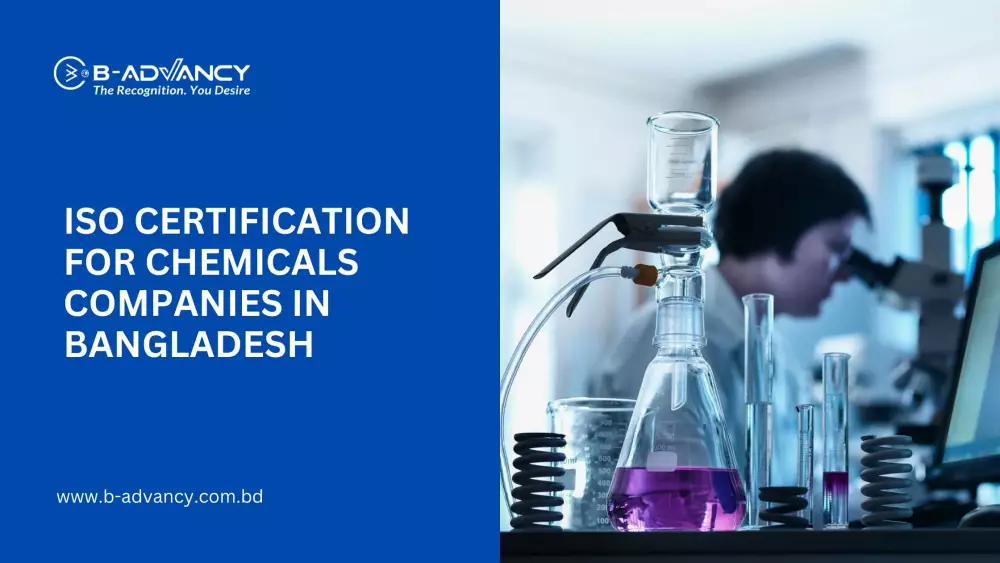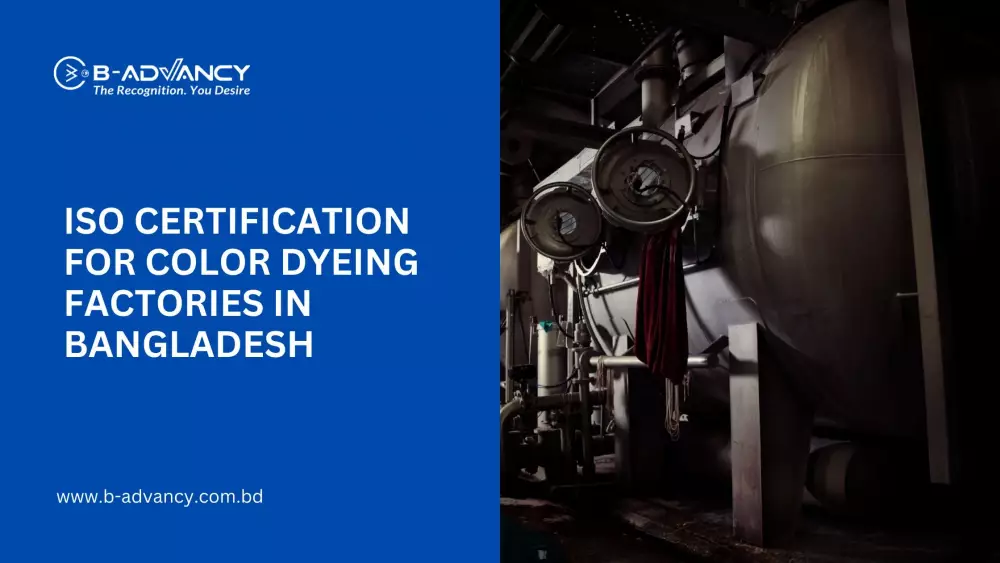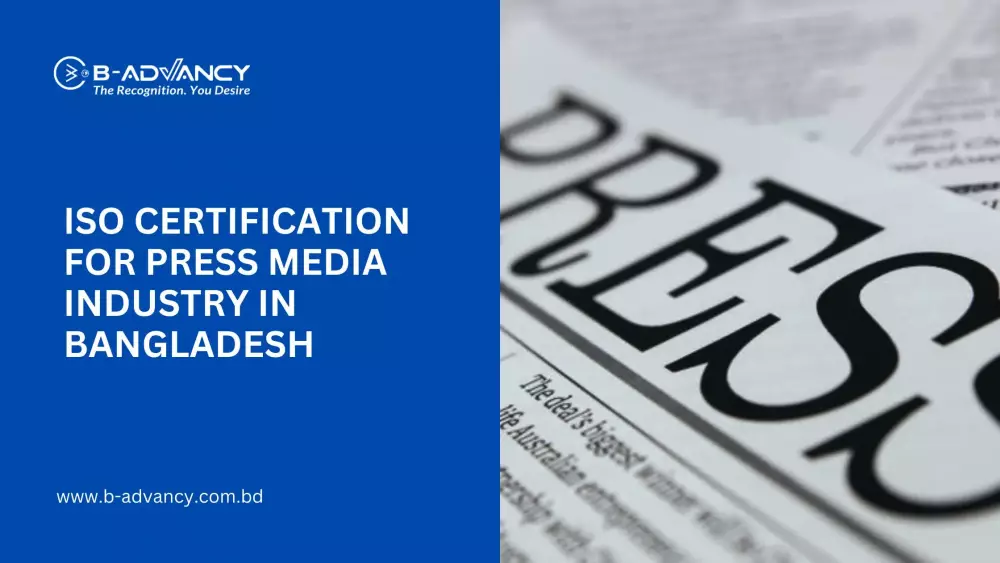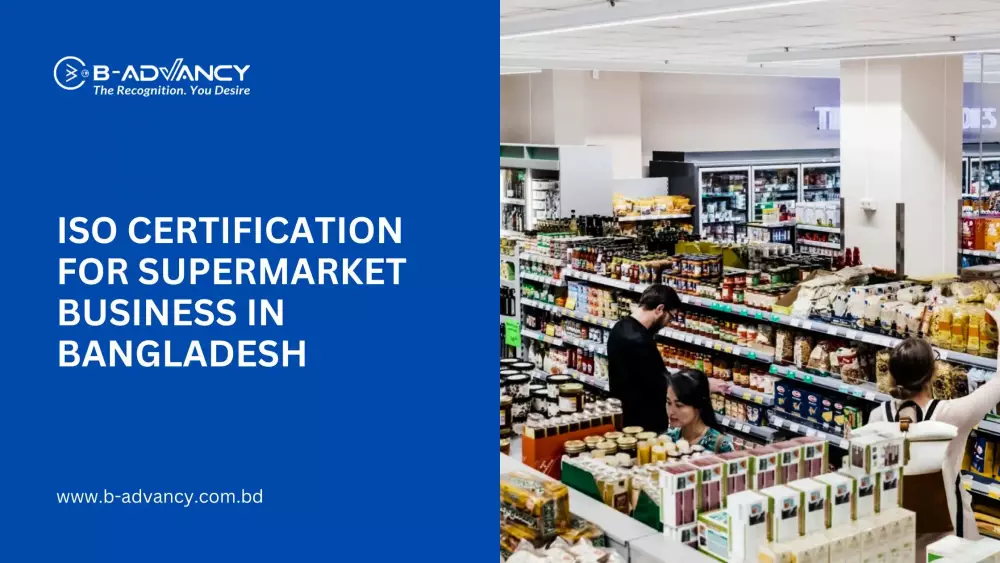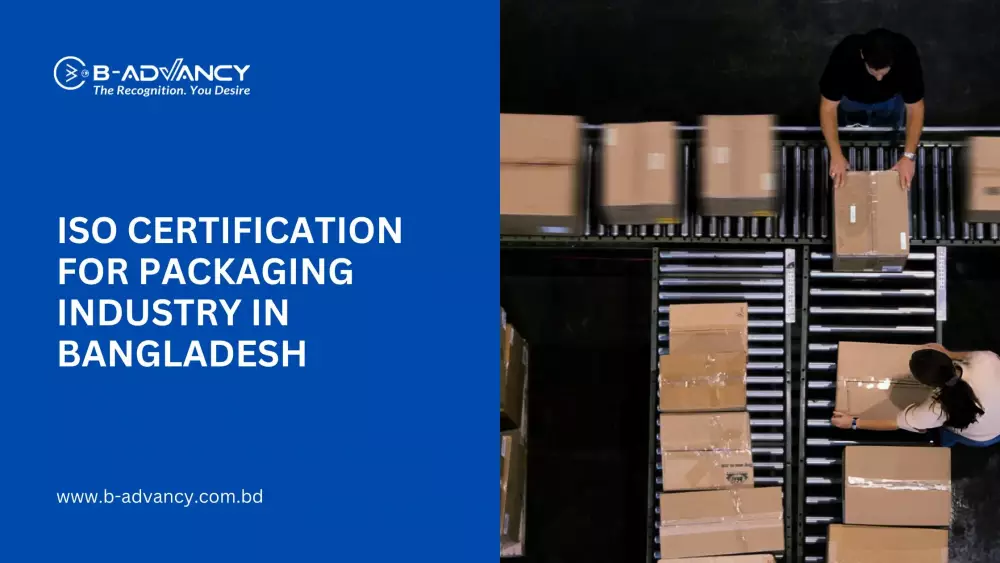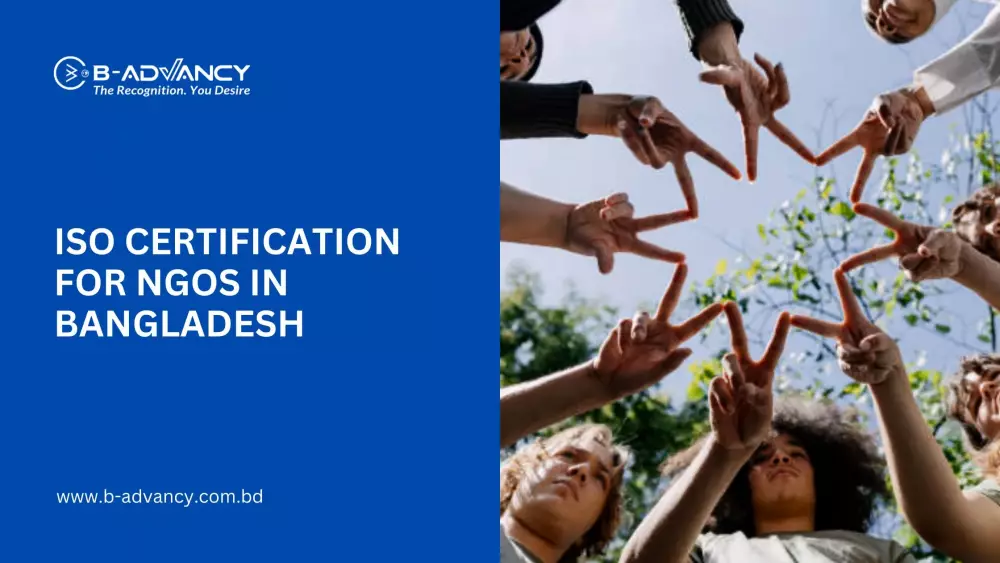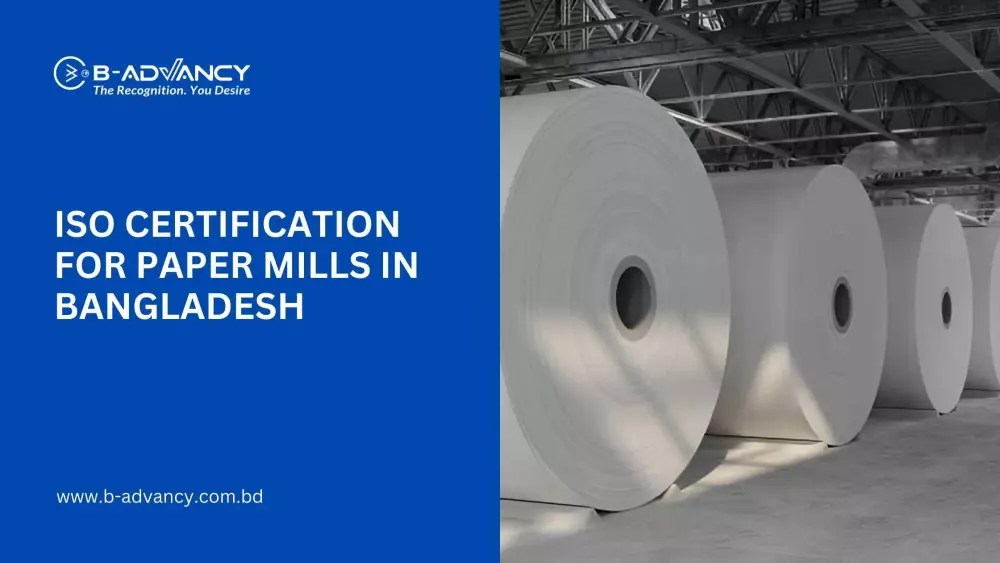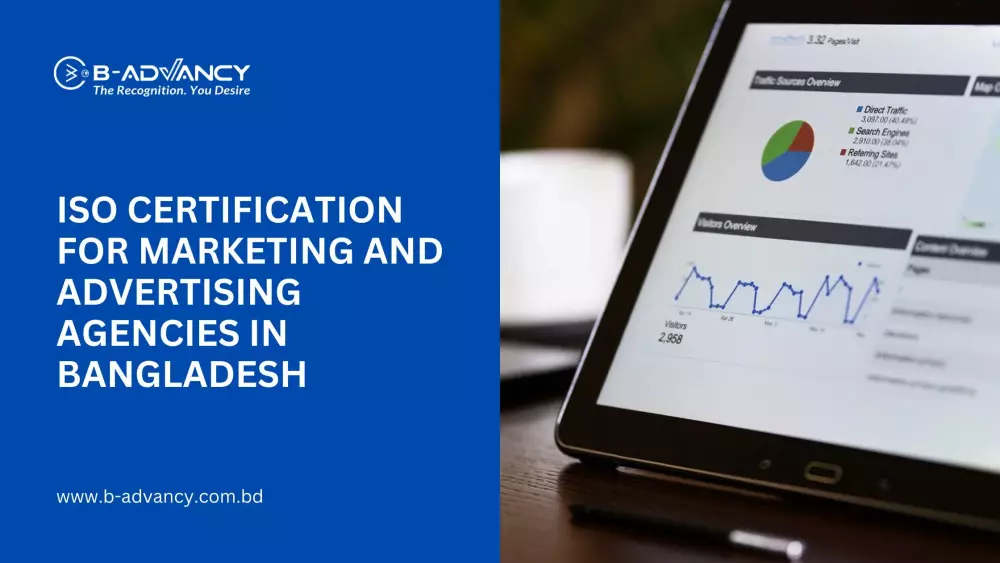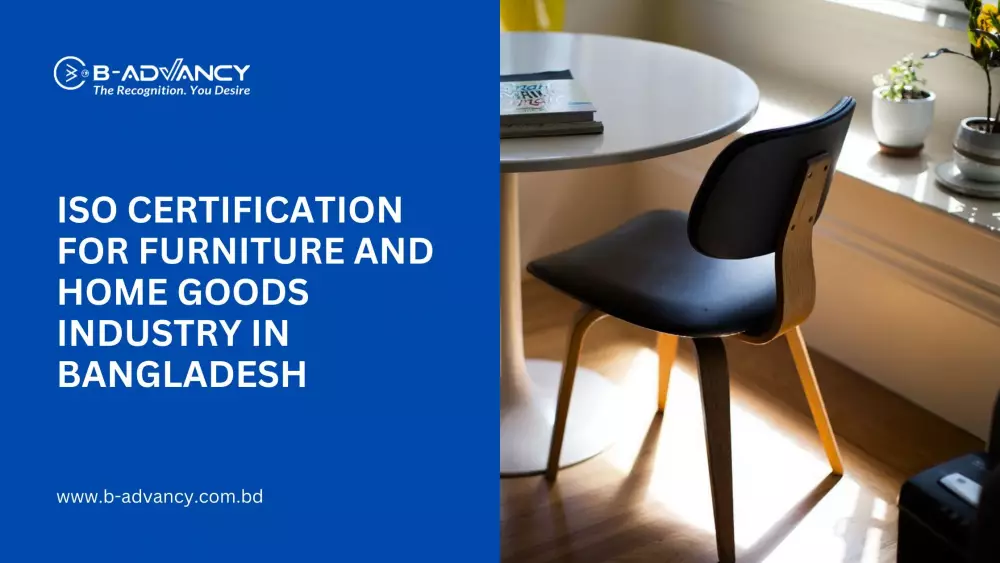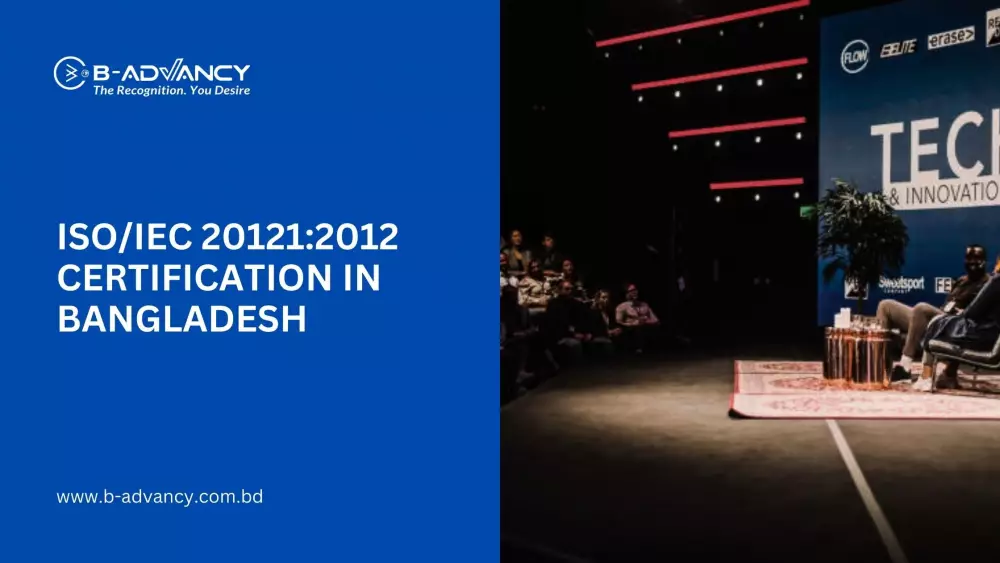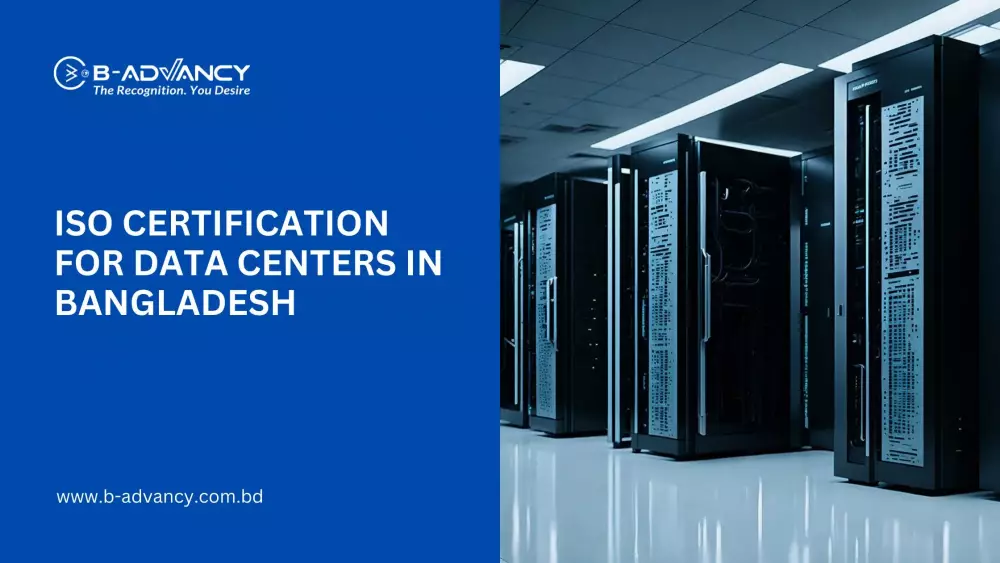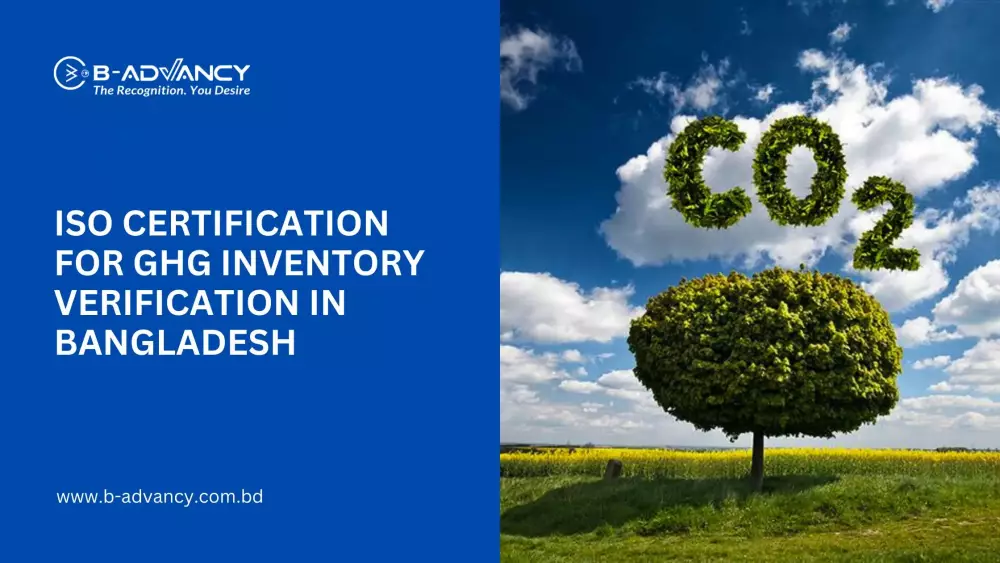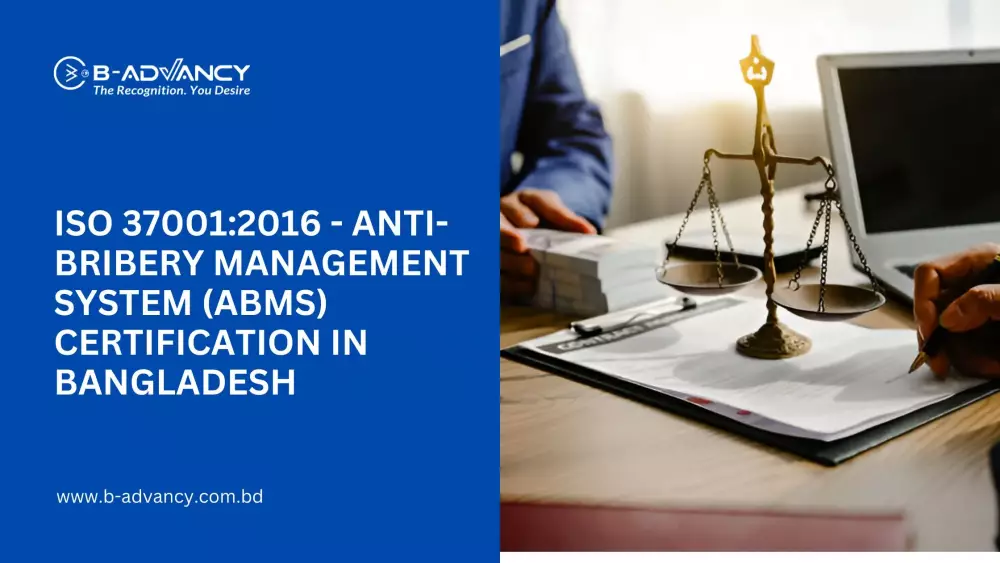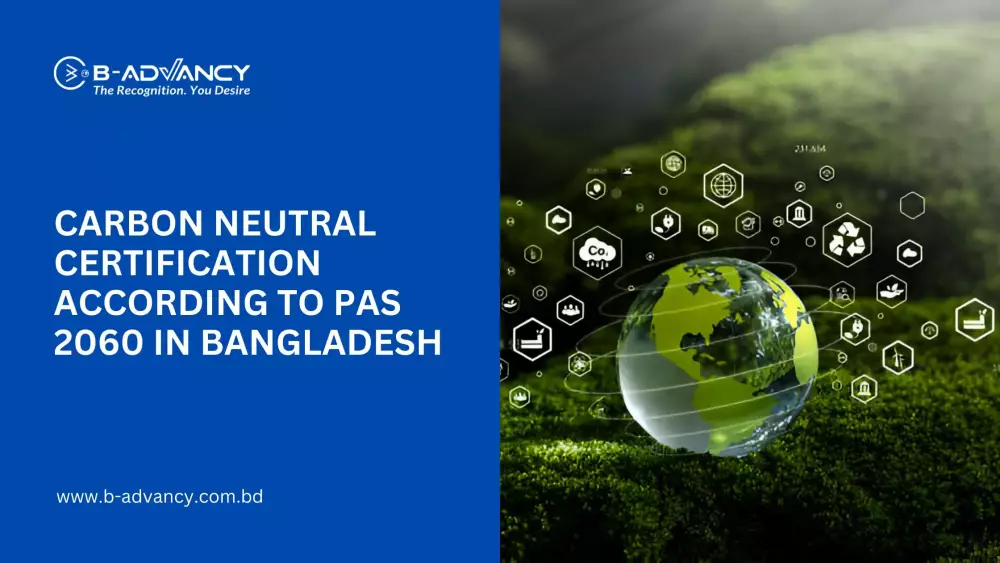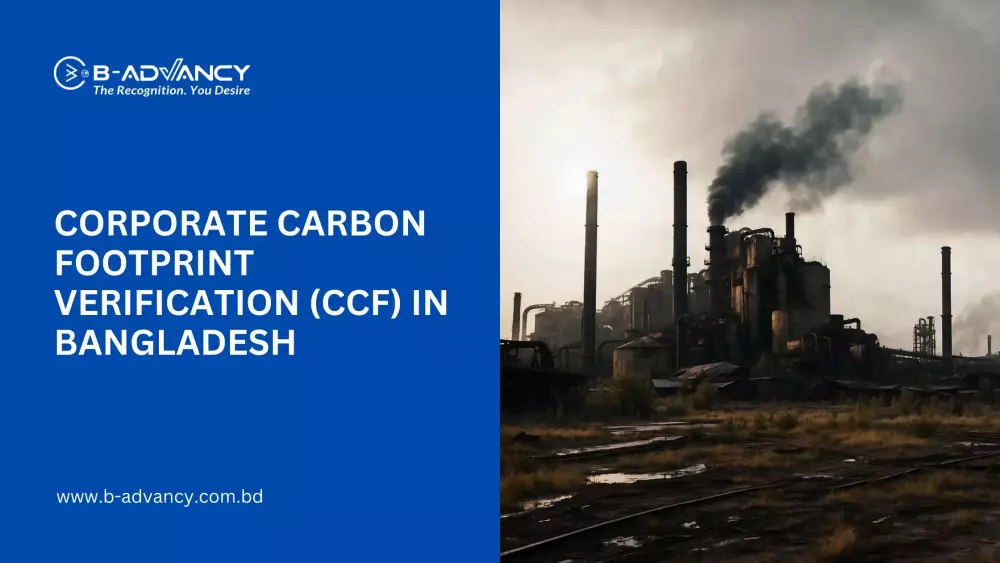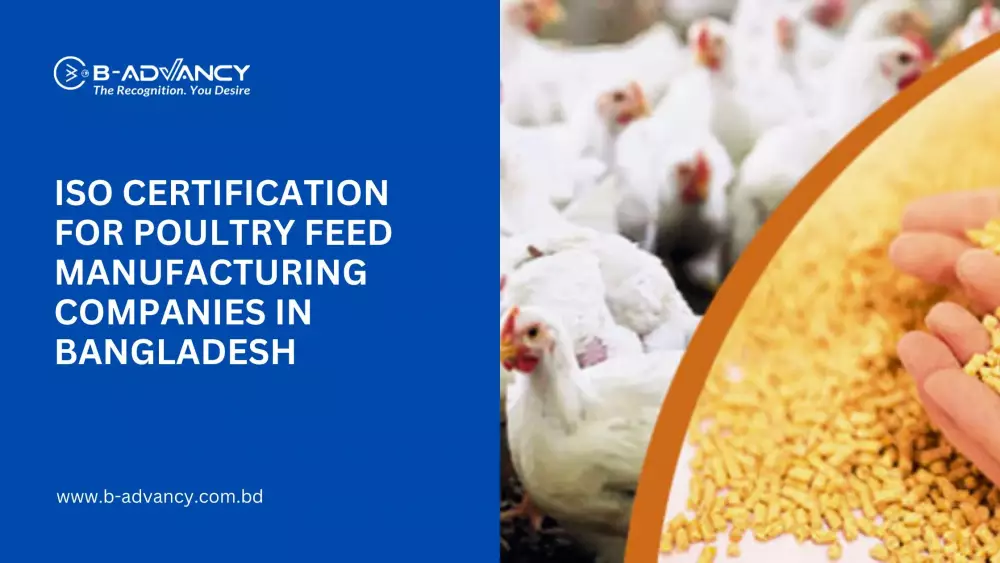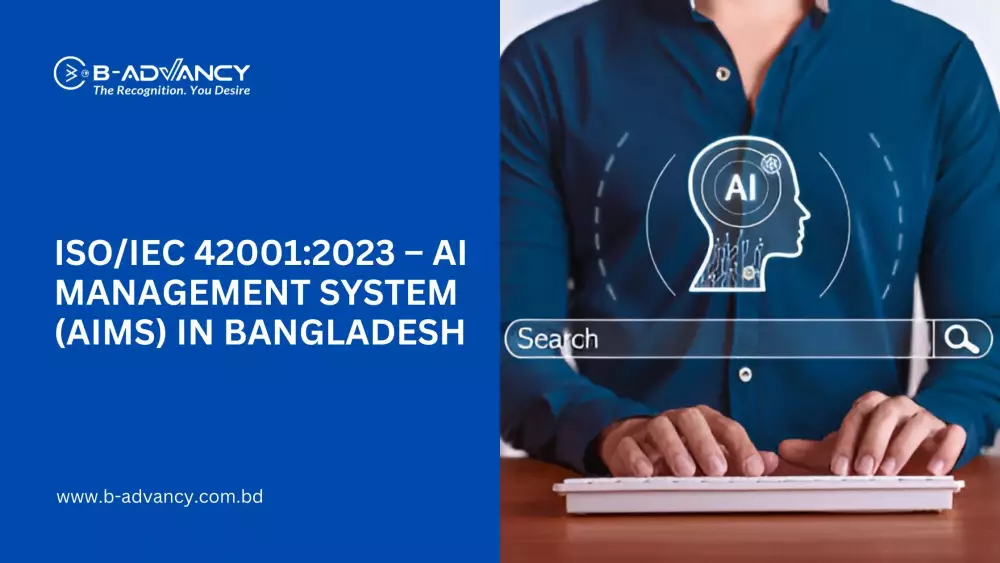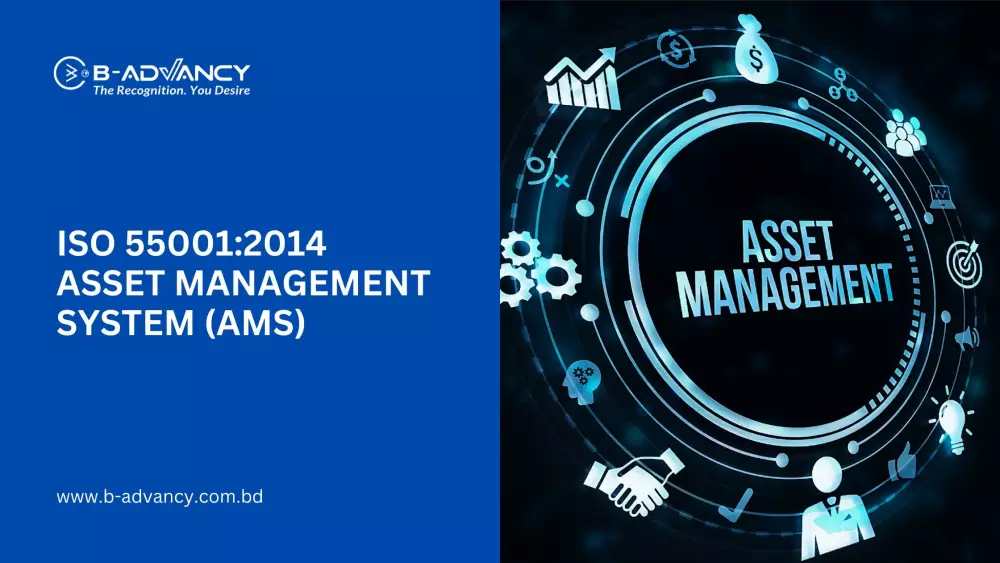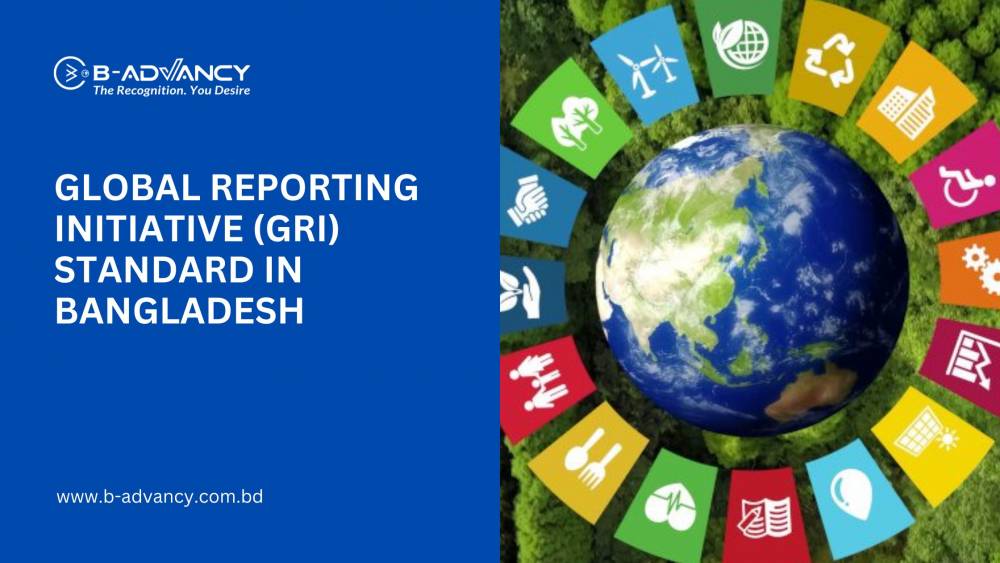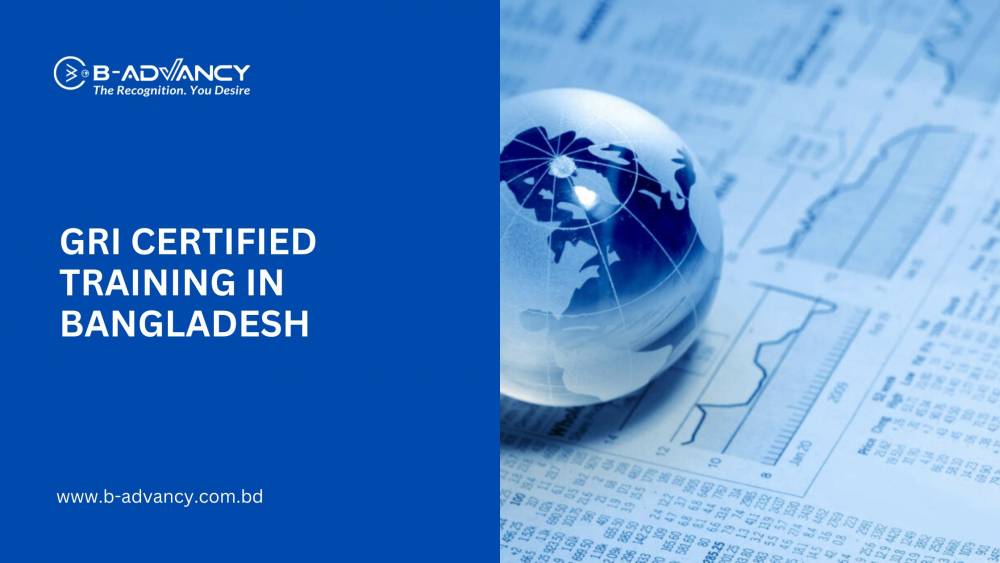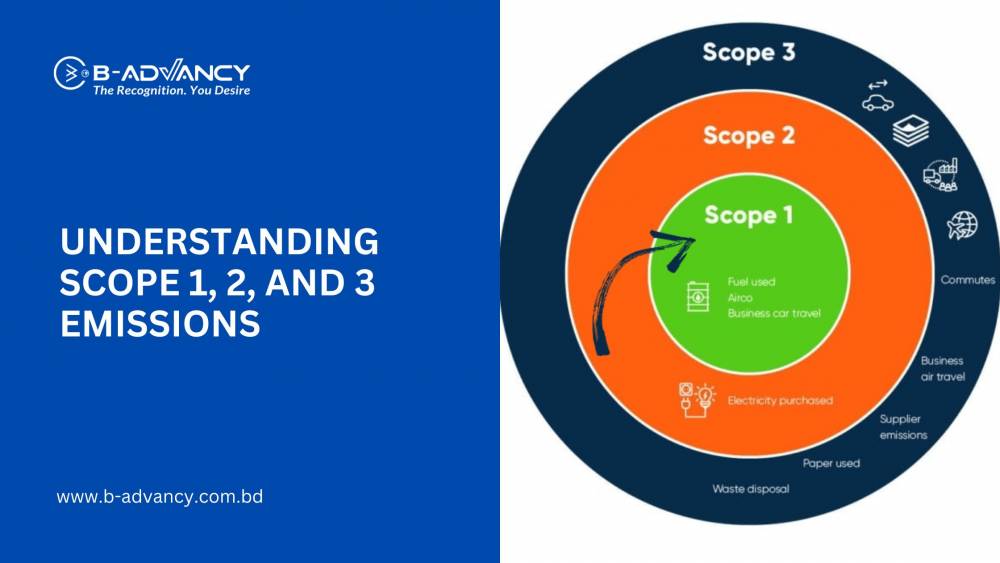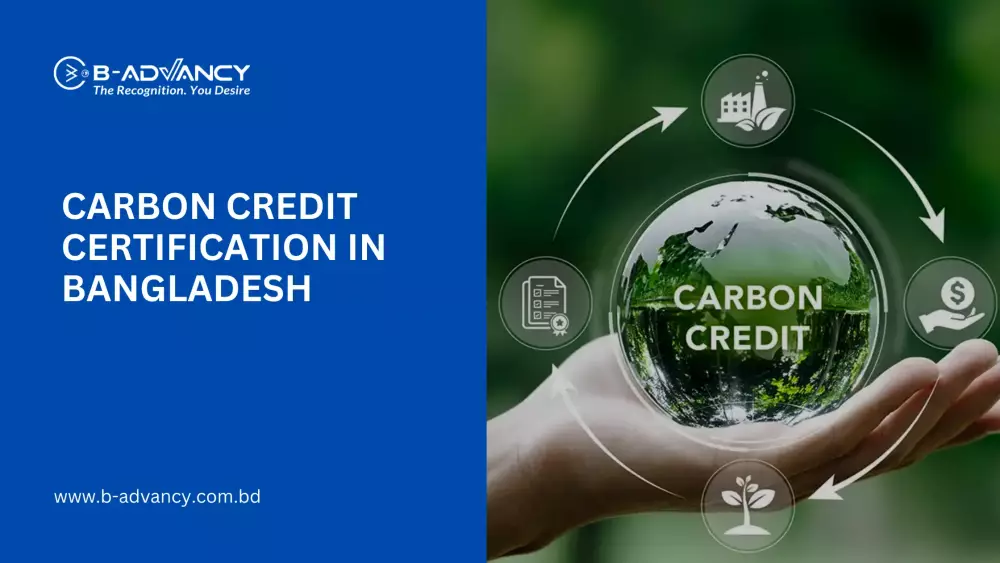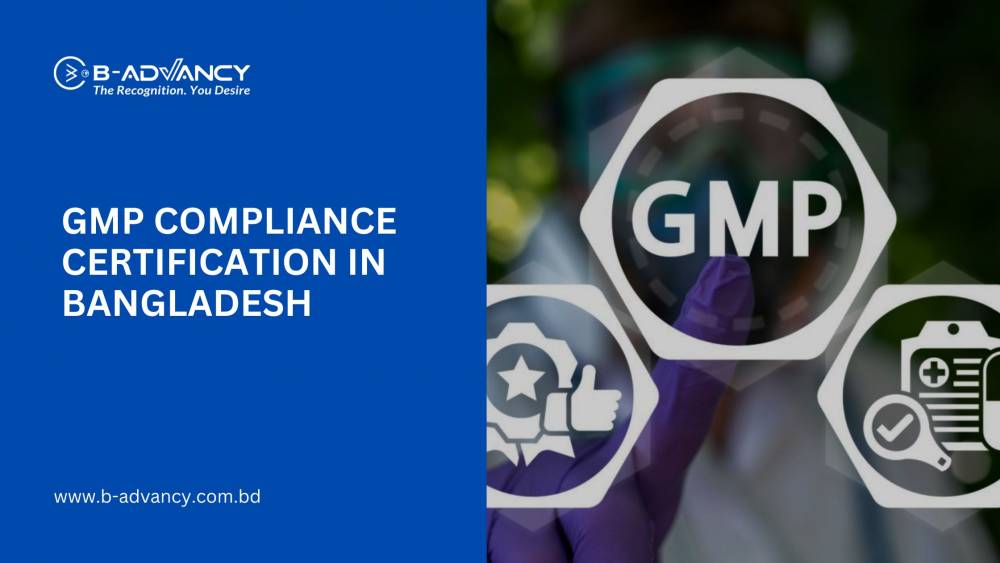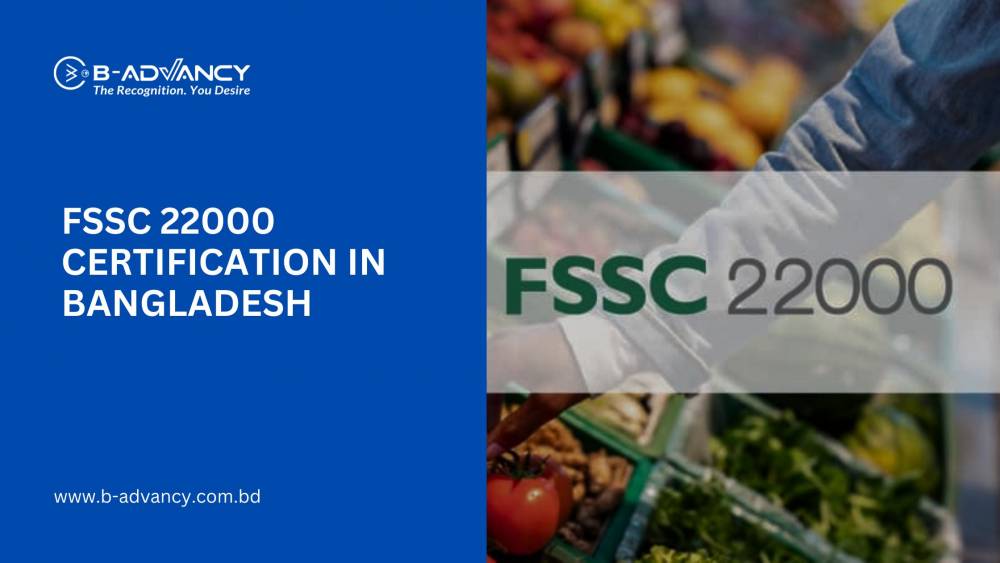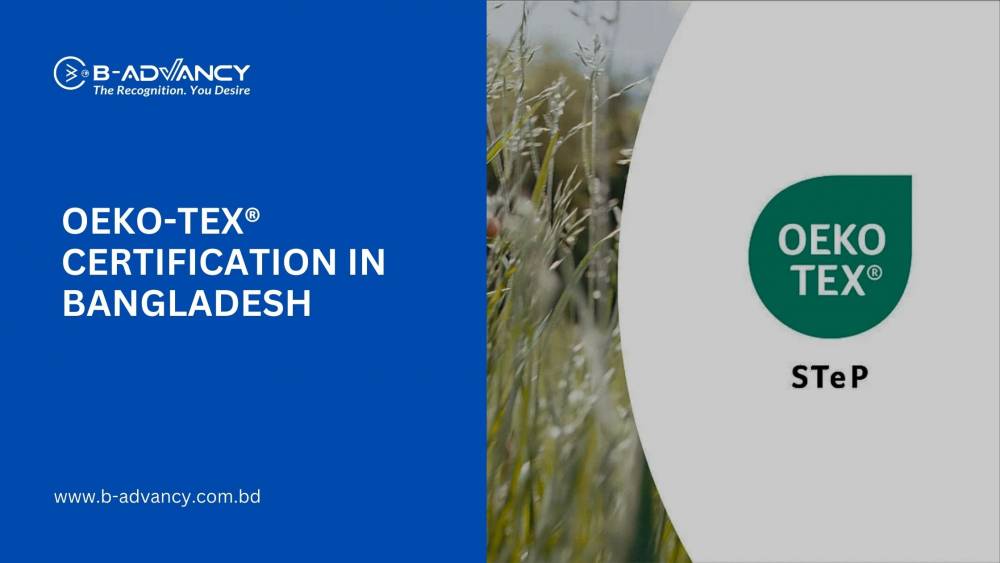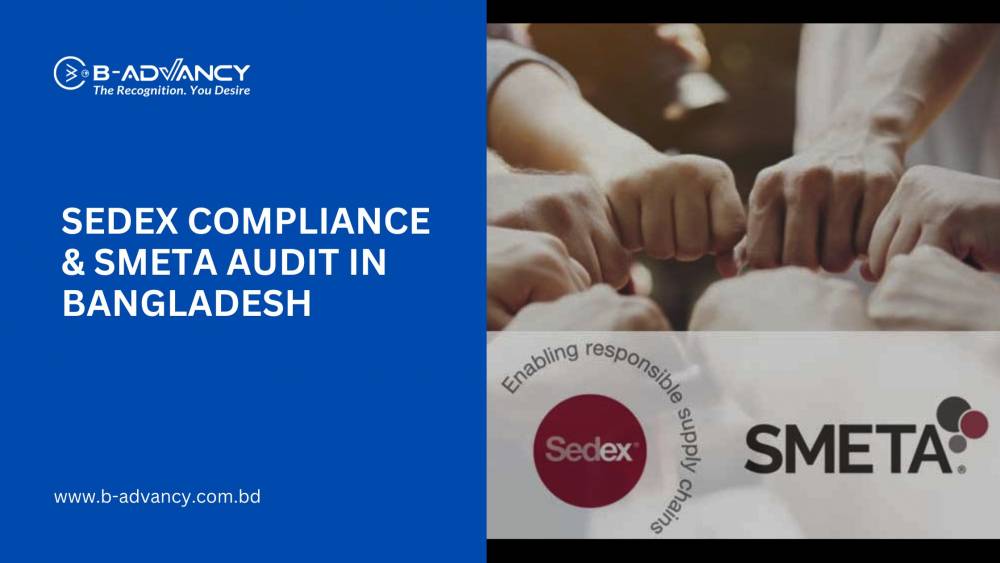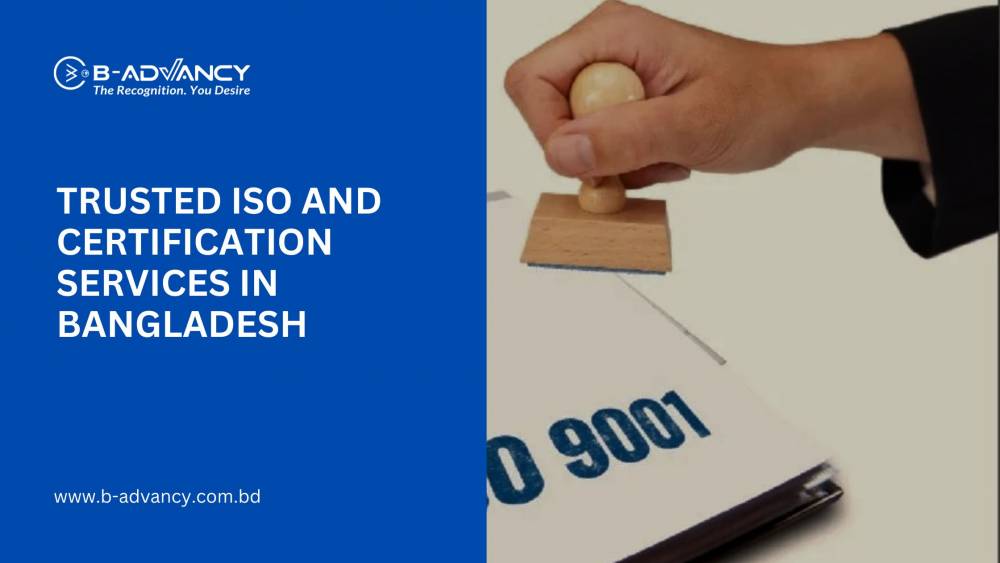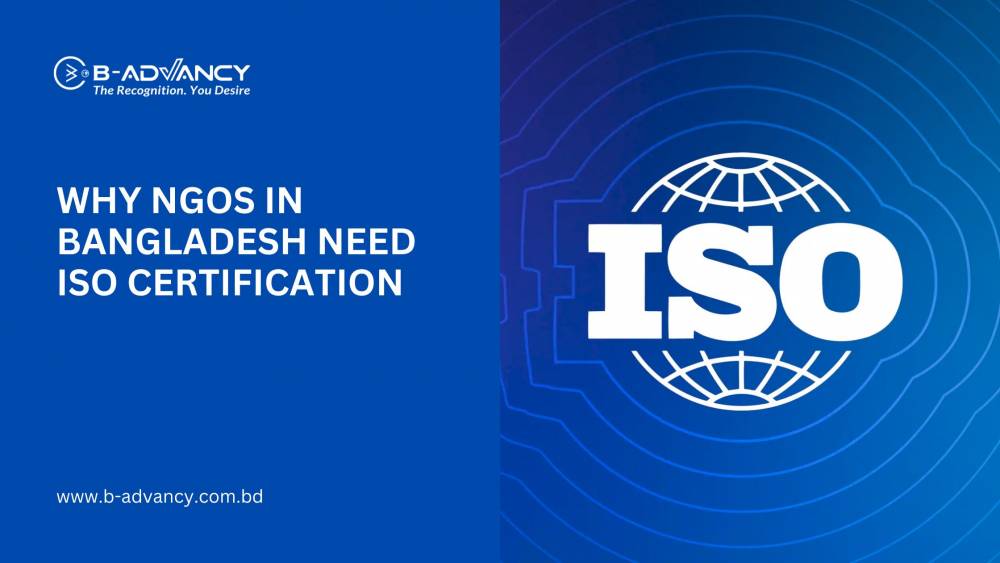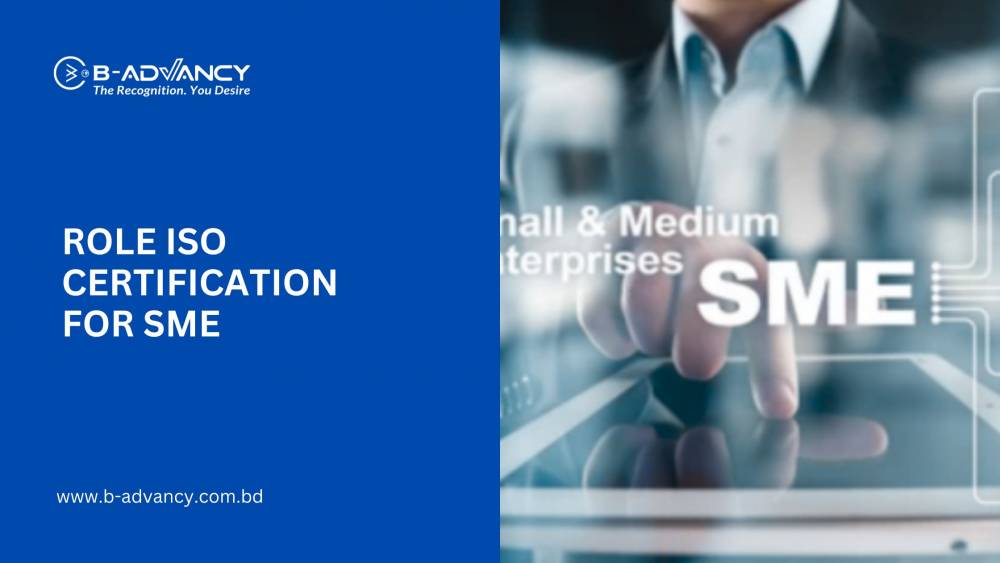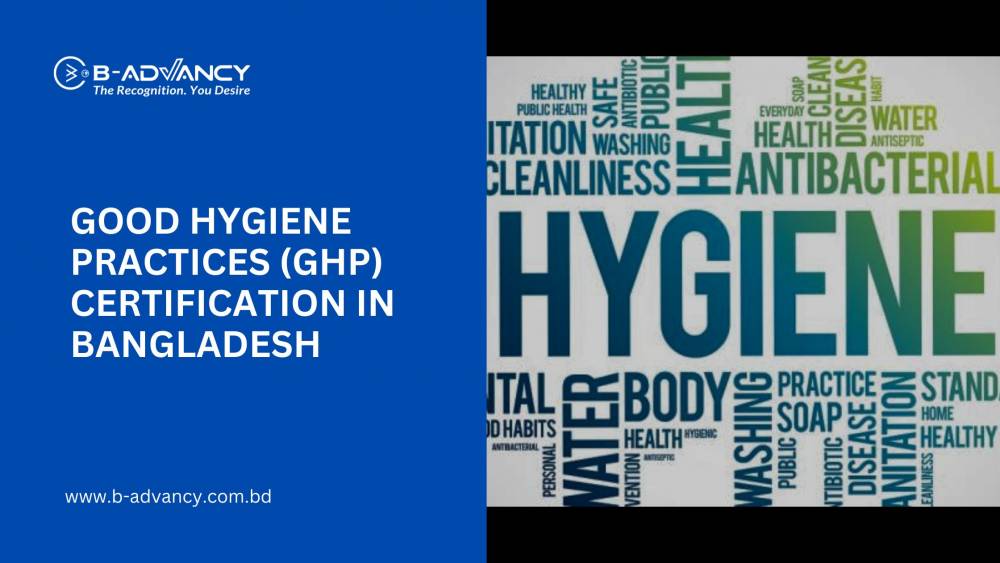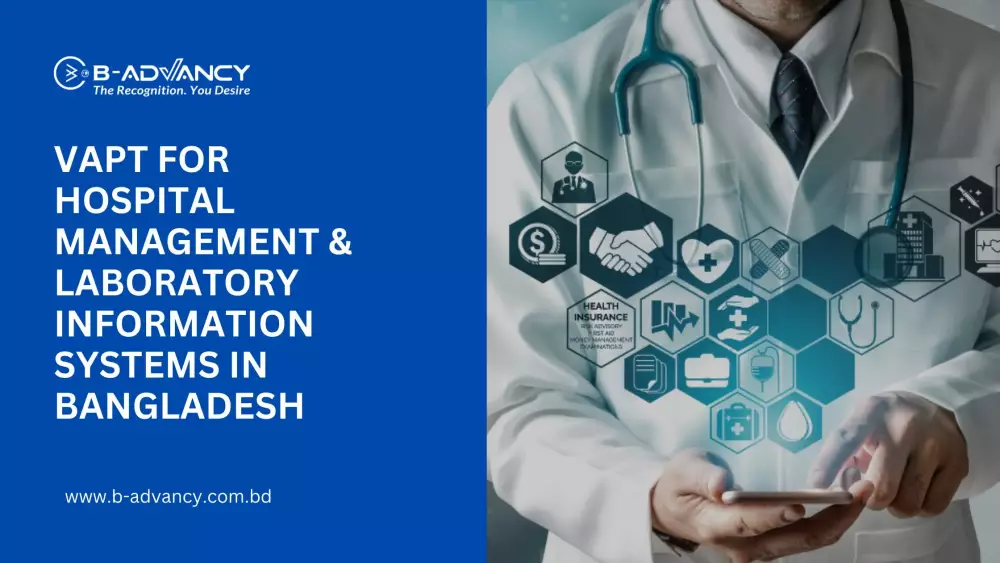As our understanding of the impact that human activity has on the environment continues to evolve, it has become increasingly important for organizations to adopt sustainable practices. This is where ISO 14001, a globally recognized standard for environmental management systems, comes into play. ISO 14001 provides a framework for organizations to identify and manage their environmental impacts and continually improve their environmental performance.
Continual improvement is a key component of ISO 14001 and is essential for organizations that want to maintain their certification and achieve long-term success. In this post, we'll explore the importance of continual improvement in ISO 14001 and discuss how organizations can achieve it.
The Importance of Continual Improvement in ISO 14001
Continual improvement is the process of identifying areas for improvement and implementing changes to achieve better results. In the context of ISO 14001, continual improvement means identifying and reducing the organization's environmental impacts over time. By continually improving their environmental performance, organizations can achieve several benefits:
Increased efficiency - By identifying and addressing inefficiencies in their processes, organizations can reduce their resource consumption, save money, and operate more efficiently.
Reduced waste - By improving their waste management practices, organizations can reduce the amount of waste they produce and minimize their environmental impact.
Improved environmental performance - By continually improving their environmental performance, organizations can demonstrate their commitment to sustainability and reduce their environmental impact.
Real-world statistics and facts show the importance of continual improvement in ISO 14001. For example, a study conducted by the European Environment Agency found that companies that implemented environmental management systems, including ISO 14001, reduced their environmental impacts by an average of 25%. Furthermore, a survey conducted by the International Organization for Standardization found that organizations that implemented ISO 14001 saw a 23% reduction in energy use, a 19% reduction in water use, and a 15% reduction in waste generation.
Case studies also demonstrate the benefits of continual improvement in ISO 14001. For example, Walmart implemented a comprehensive sustainability program that included a goal of achieving zero waste. By implementing a waste reduction program that included source reduction, recycling, and composting, Walmart was able to achieve its zero waste goal in several of its stores, demonstrating the effectiveness of continual improvement in reducing environmental impacts.
How to Achieve Continual Improvement in ISO 14001
To achieve continual improvement in ISO 14001, organizations should follow the PDCA (Plan-Do-Check-Act) cycle. The PDCA cycle consists of four stages:
➤ Plan - Identify areas for improvement and develop a plan for implementing changes.
➤ Do - Implement the changes and collect data to measure their effectiveness.
➤ Check - Analyze the data to determine if the changes were effective.
➤ Act - Adjust the plan based on the results and continue the cycle of improvement.
To effectively implement the PDCA cycle, organizations should take the following steps:
➤ Identify areas for improvement - This can be done through an environmental audit, stakeholder engagement, or other means.
➤ Set goals and targets - Goals should be specific, measurable, achievable, relevant, and time-bound (SMART).
➤ Implement changes - This may involve implementing new processes, training employees, or engaging stakeholders.
➤ Monitor and measure progress - This can be done through data collection and analysis.
➤ Review and adjust the plan - Based on the data, adjust the plan and continue the cycle of improvement.
Tools and strategies that can help organizations achieve continual improvement in ISO 14001 include environmental audits, employee training, and stakeholder engagement. Environmental audits can help organizations identify areas for improvement and develop a plan for implementing changes. Employee training can help ensure that all employees are aware of the organization's environmental objectives and how they can contribute to achieving them. Stakeholder engagement can help organizations understand the needs and concerns of their stakeholders and develop strategies to address them.
Challenges and Considerations
While continual improvement is essential for organizations that want to maintain their ISO 14001 certification and achieve long-term success, it can also present some challenges. Some common challenges that organizations may face when trying to achieve continual improvement in ISO 14001 include:
➤ Lack of resources - Implementing changes to improve environmental performance can require time, money, and other resources that organizations may not have readily available.
➤ Resistance to change - Employees and other stakeholders may be resistant to changes in processes or procedures, making it difficult to implement changes effectively.
To overcome these challenges, organizations should develop a clear plan and communicate the benefits of continual improvement to stakeholders. By engaging stakeholders in the process and demonstrating the benefits of continual improvement, organizations can overcome resistance to change and secure the resources they need to achieve their environmental objectives.
Conclusion
Continual improvement is a key component of ISO 14001 and is essential for organizations that want to maintain their certification and achieve long-term success. By continually improving their environmental performance, organizations can increase efficiency, reduce waste, and improve their environmental performance. To achieve continual improvement in ISO 14001, organizations should follow the PDCA cycle and implement tools and strategies such as environmental audits, employee training, and stakeholder engagement. While challenges may arise, organizations can overcome them by developing a clear plan, communicating the benefits of continual improvement, and engaging stakeholders in the process. By prioritizing continual improvement, organizations can demonstrate their commitment to sustainability and achieve long-term success.

